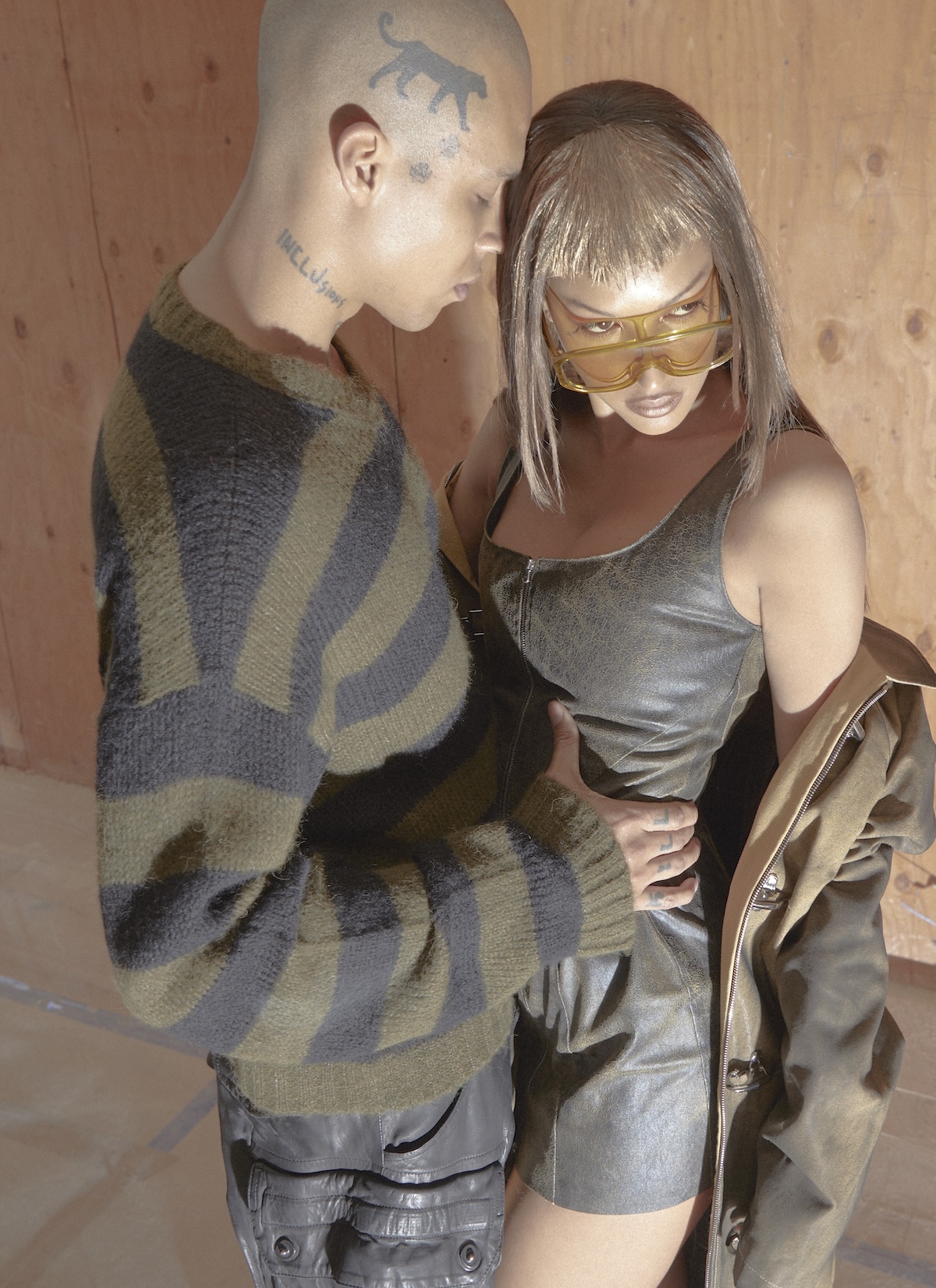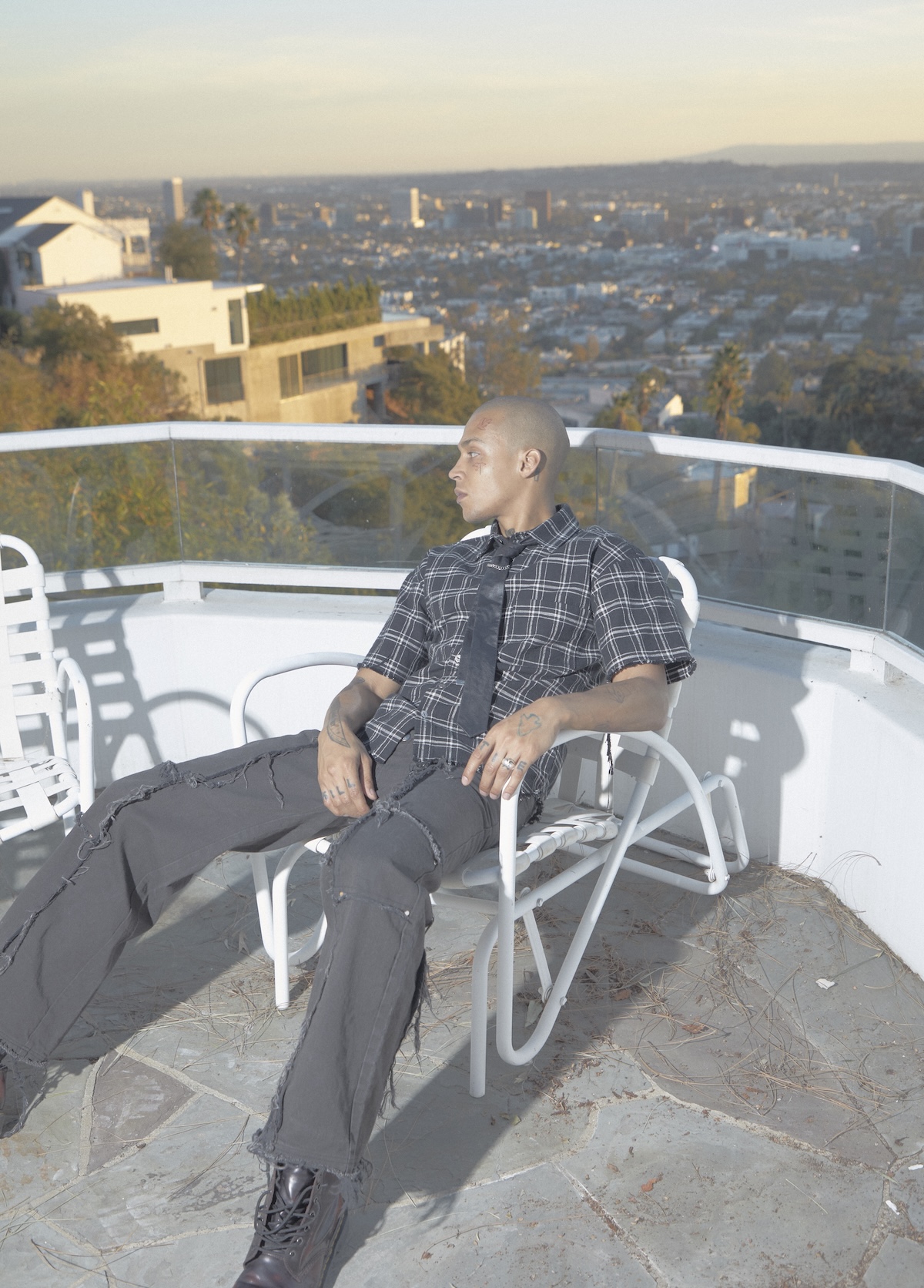Skater's Paradise
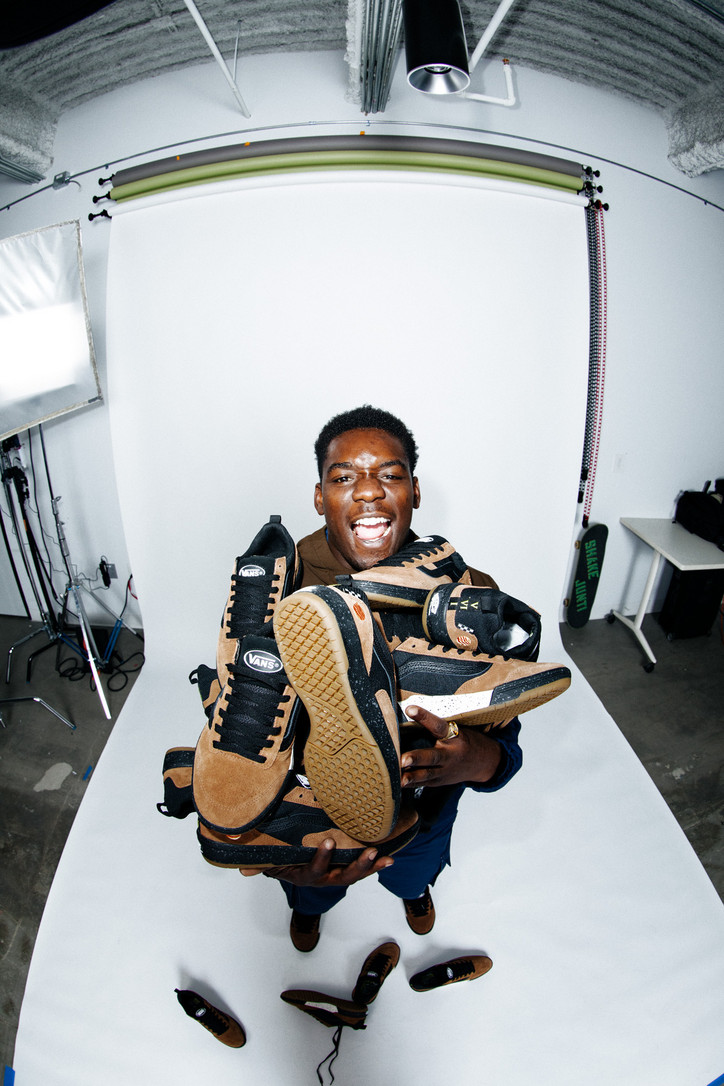
Stay informed on our latest news!

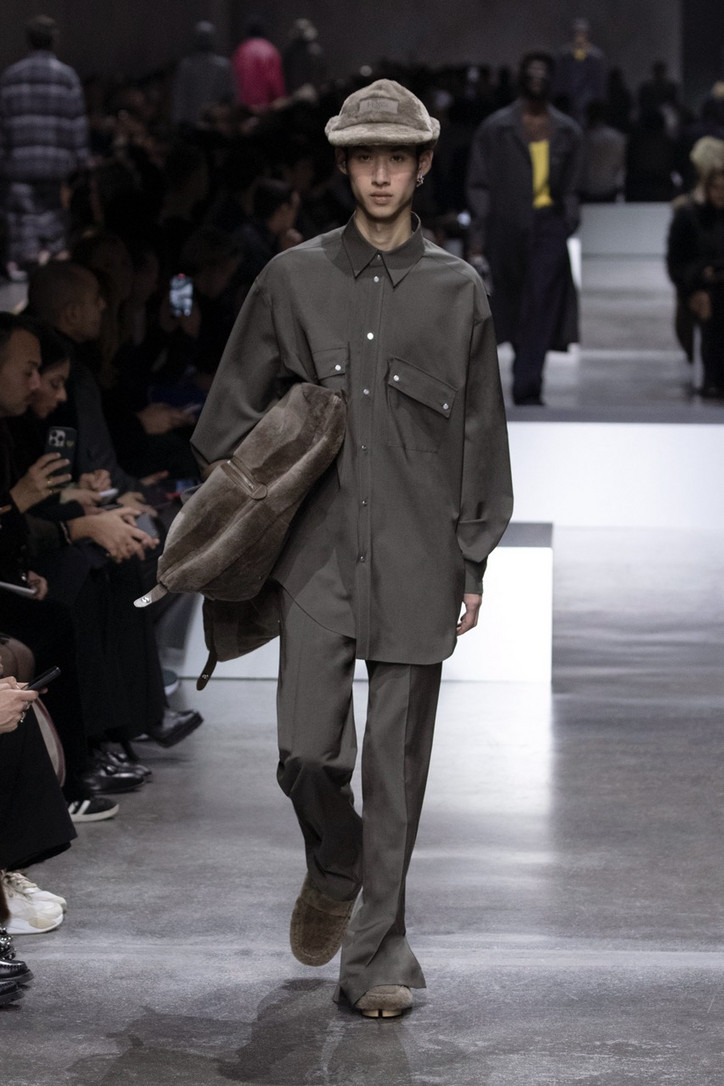
The dualist cross-reference also provided a neat solution to the arsenal of layered staples: from a sartorial standpoint, the neutral touches and their wealth of creative touchpoints remain a mainstay amid the menswear offerings, answered by the house by way of transcending trends and uniting a deep throughline that focuses on longevity. The technicalities were pleasing to see: lines from European-like appeal brim aplenty, ranging from the old-meets-new techniques such as the Casentino blanket wools and the smooth loden. “I love teaming an oversize coat with trousers tucked right into the boot, appearing almost like tights because I believe it’s an attitude that gives a new life (and shape),” she said, expanding on the fact that “coats had an important play on volume, which add a refreshing silhouette to the tailored trouser and a sense of ease too, diving into the wild side of the collection — which looks to break away from the city culture into nature-like settings.” The breezy, generous volumes conveyed across the outerwear pieces brought a new lightness of touch to a lineup that sometimes erred on the side of severity. Fisherman’s coats and waterproof wax jackets in canvas run side-by-side with opulent bombers and peacoat shapes, engineering one another with shaved trompe l’oeil shearling piping and seams.
Innocent and gently practical, Fendi’s love for deliberately fuss-free clothes runs directly counter to the prevailing art of conceal and reveal: the clean, innocent and Italian traditional sensitivity of the Fendi man is steadily meeting, as it turns out, a subtly sensual undertone. An interesting direction, which showcases the brand’s broad vocabulary in continuous expansion, which also featured washed denim and mohair textures looped and shredded. The smartly tailored pants and jackets with billowing sleeves that closed the show were partial winners, but not so the sheer shirting which were far from being winter-appropriate. All in all, the collection hit a quasi-perfect note: never dropping to the depths of flatness, but looking streamlined, poised and technically seductive.
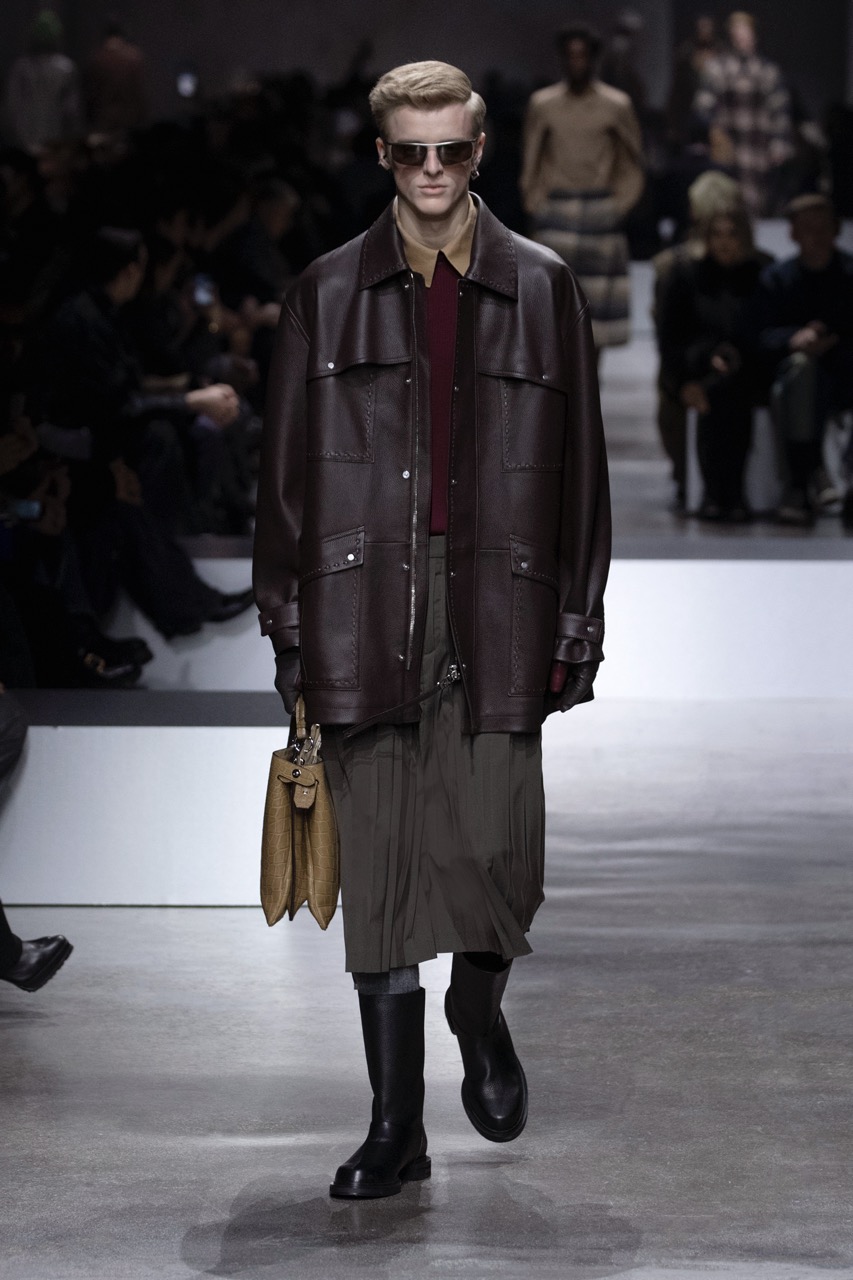
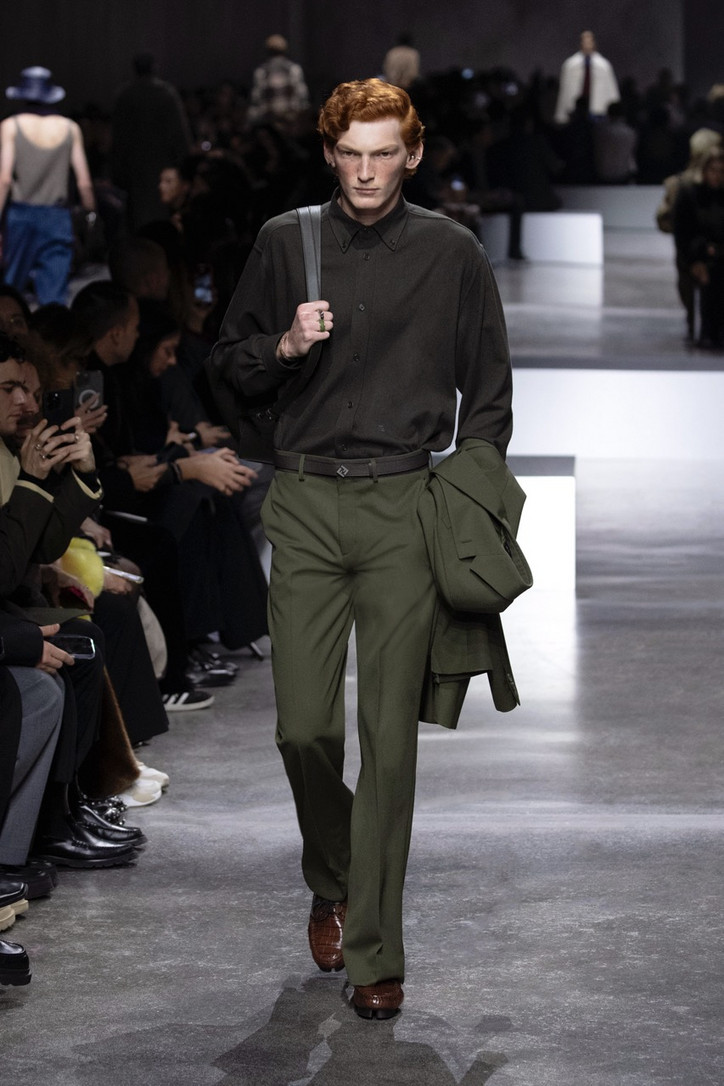
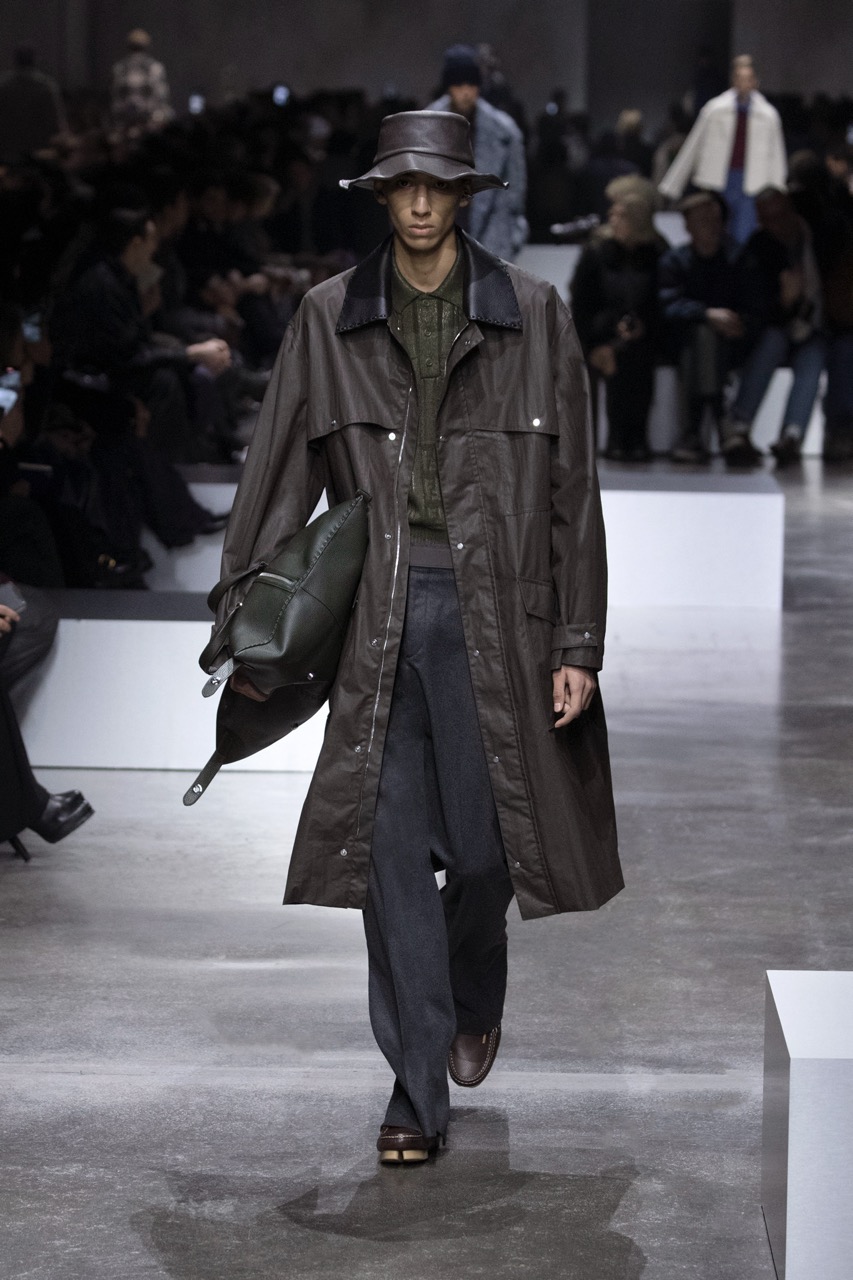
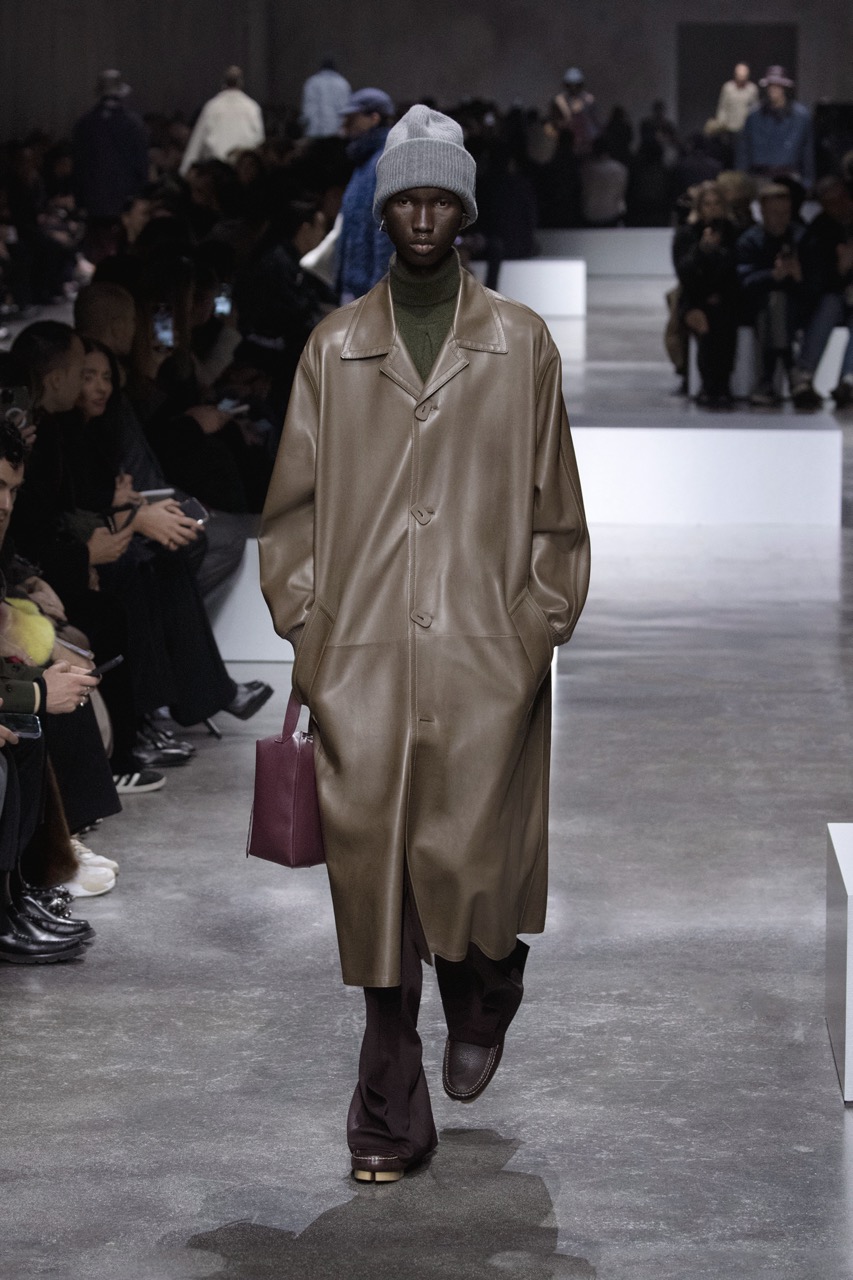
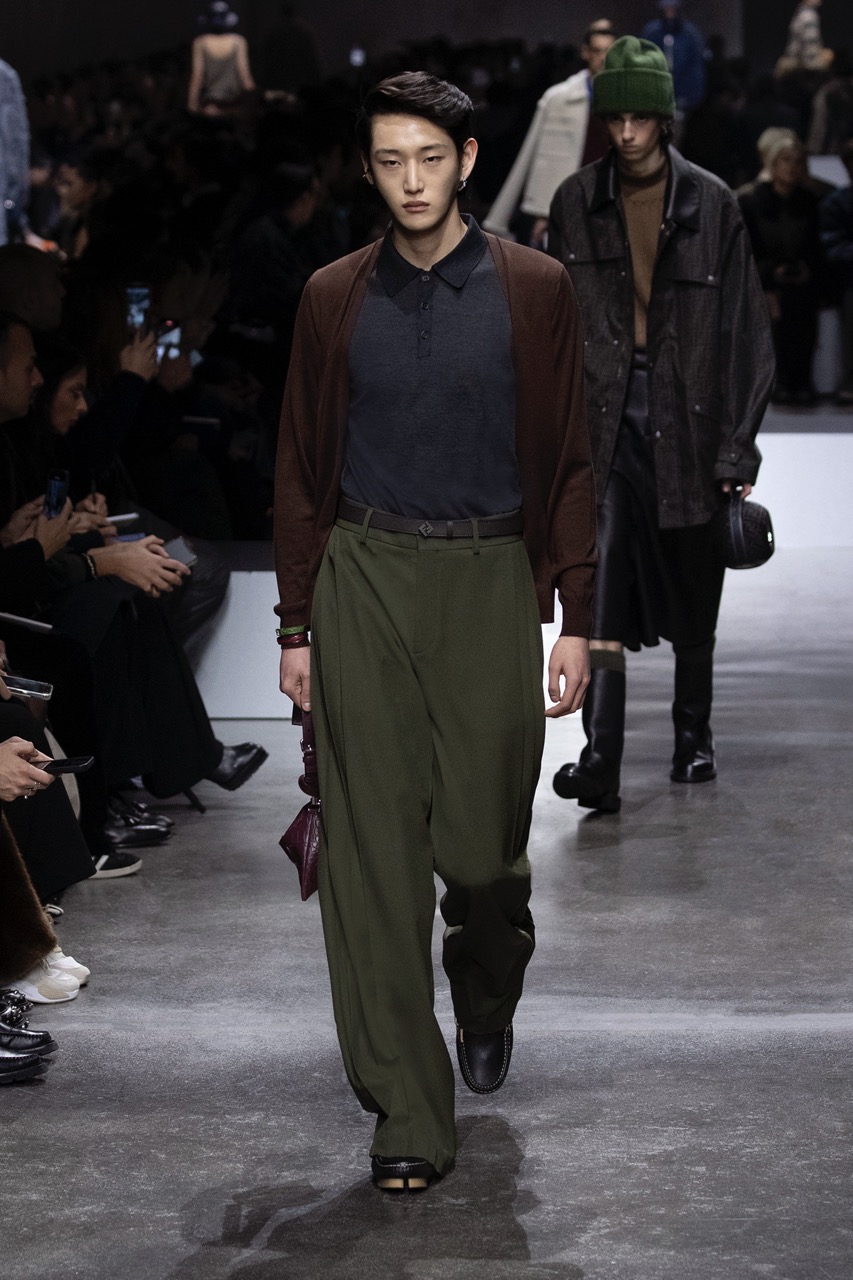
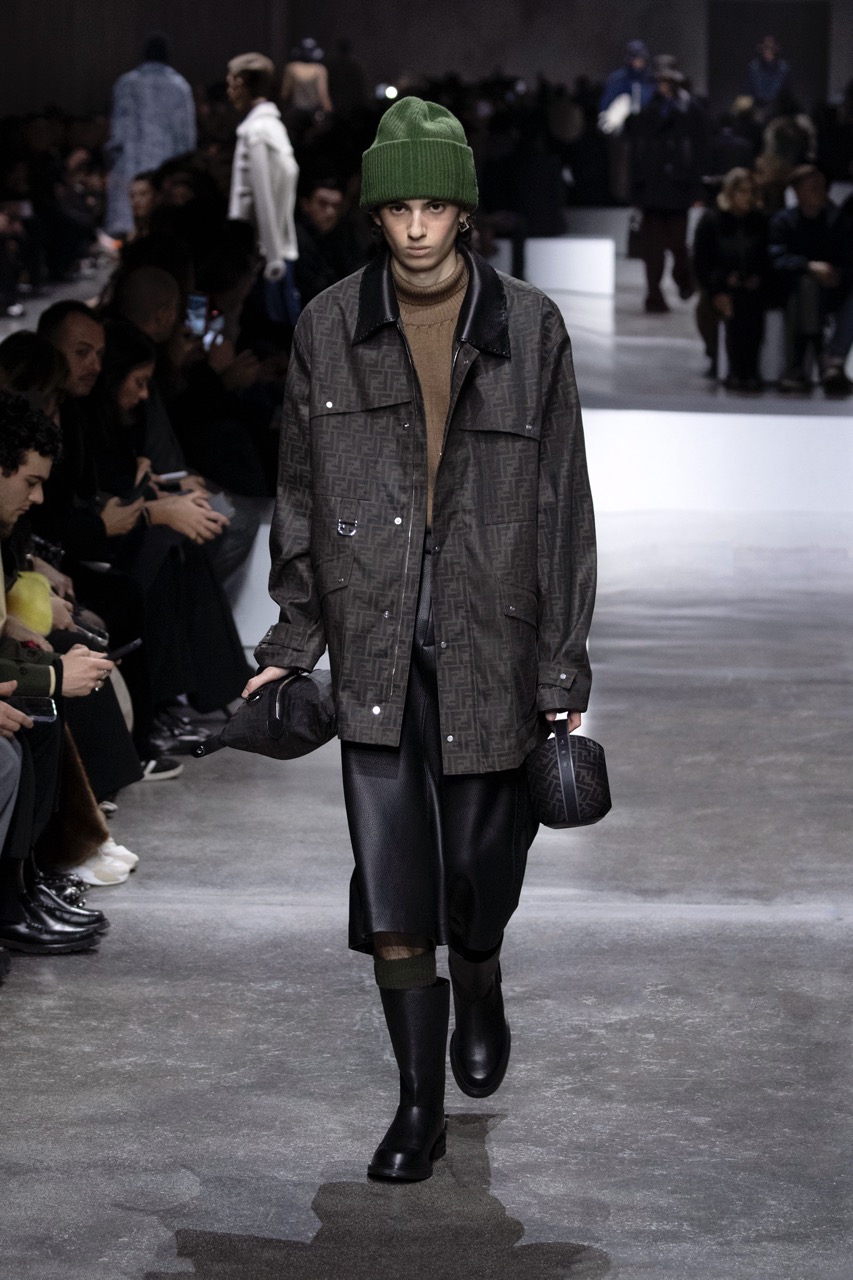
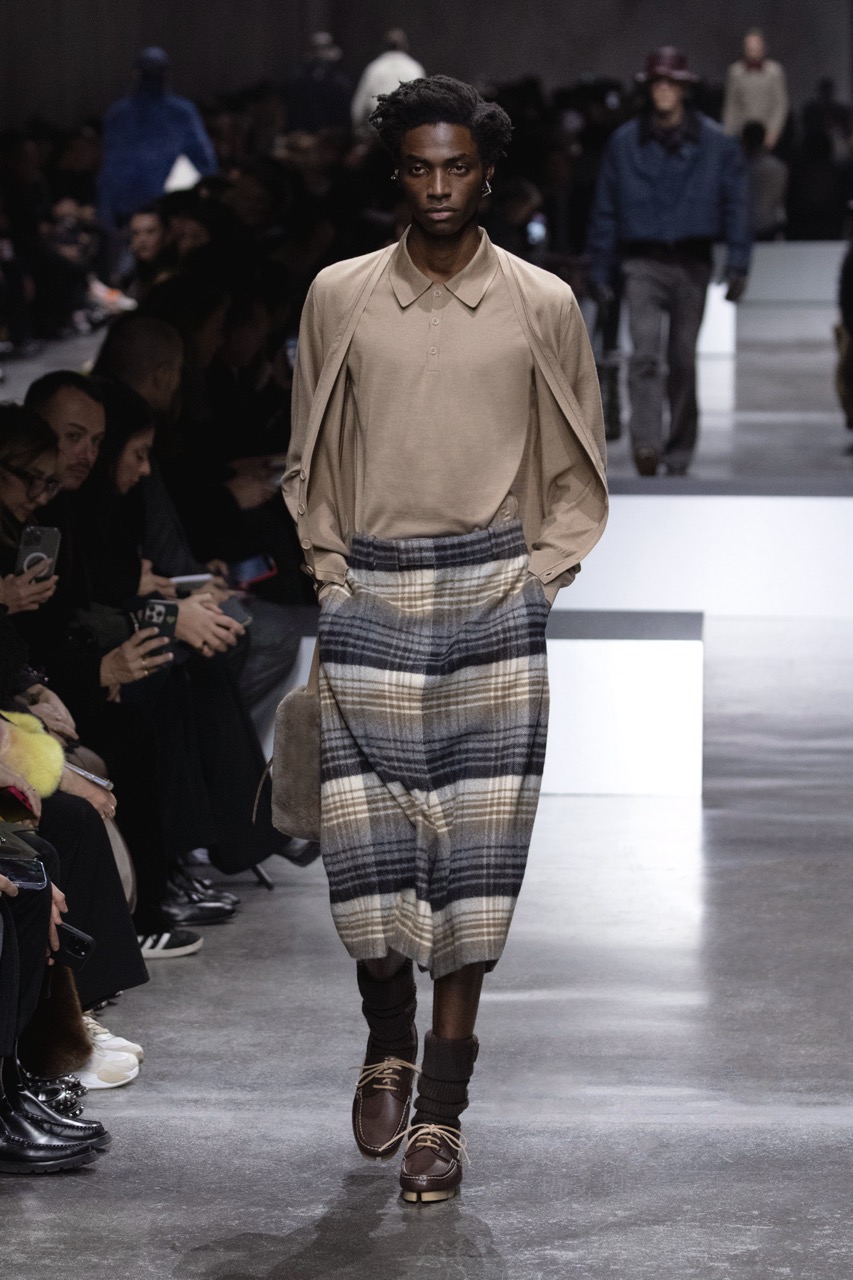
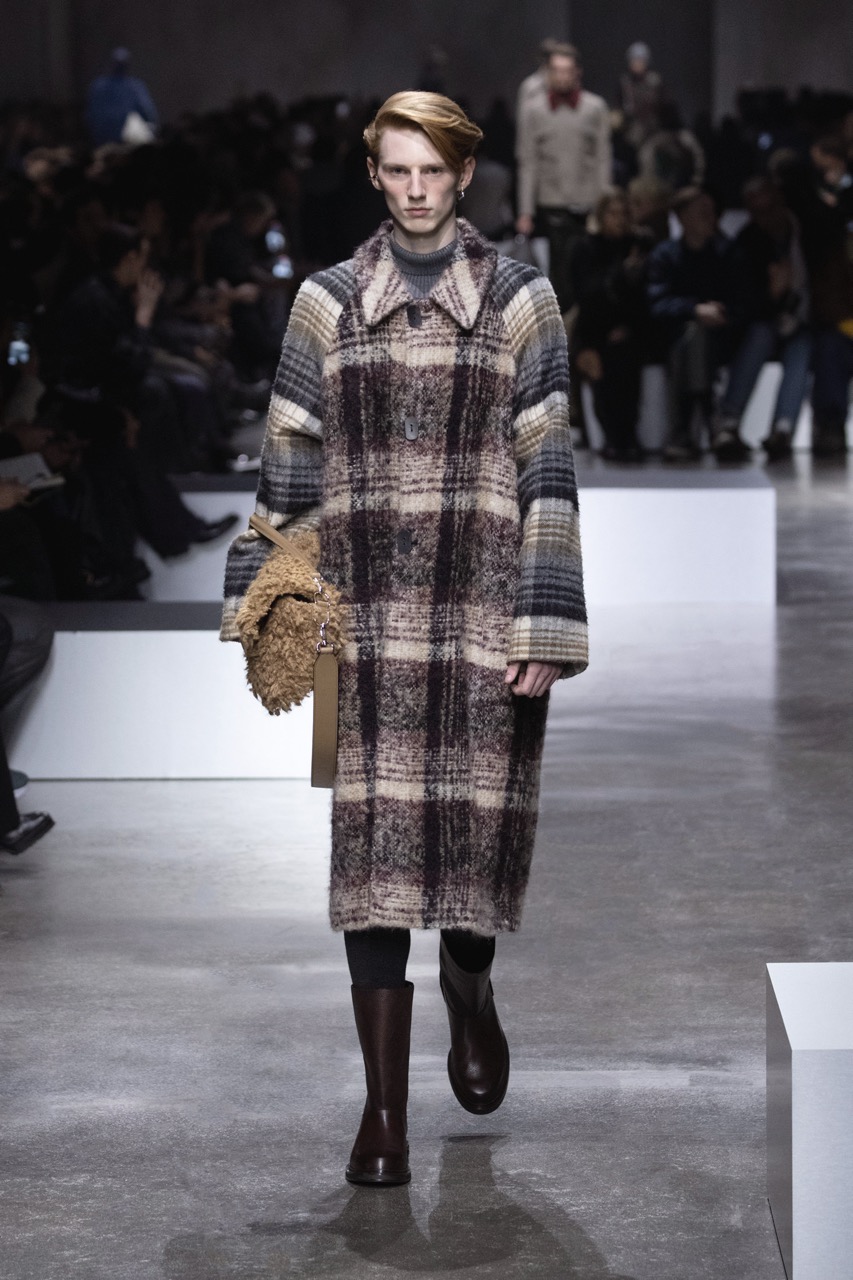
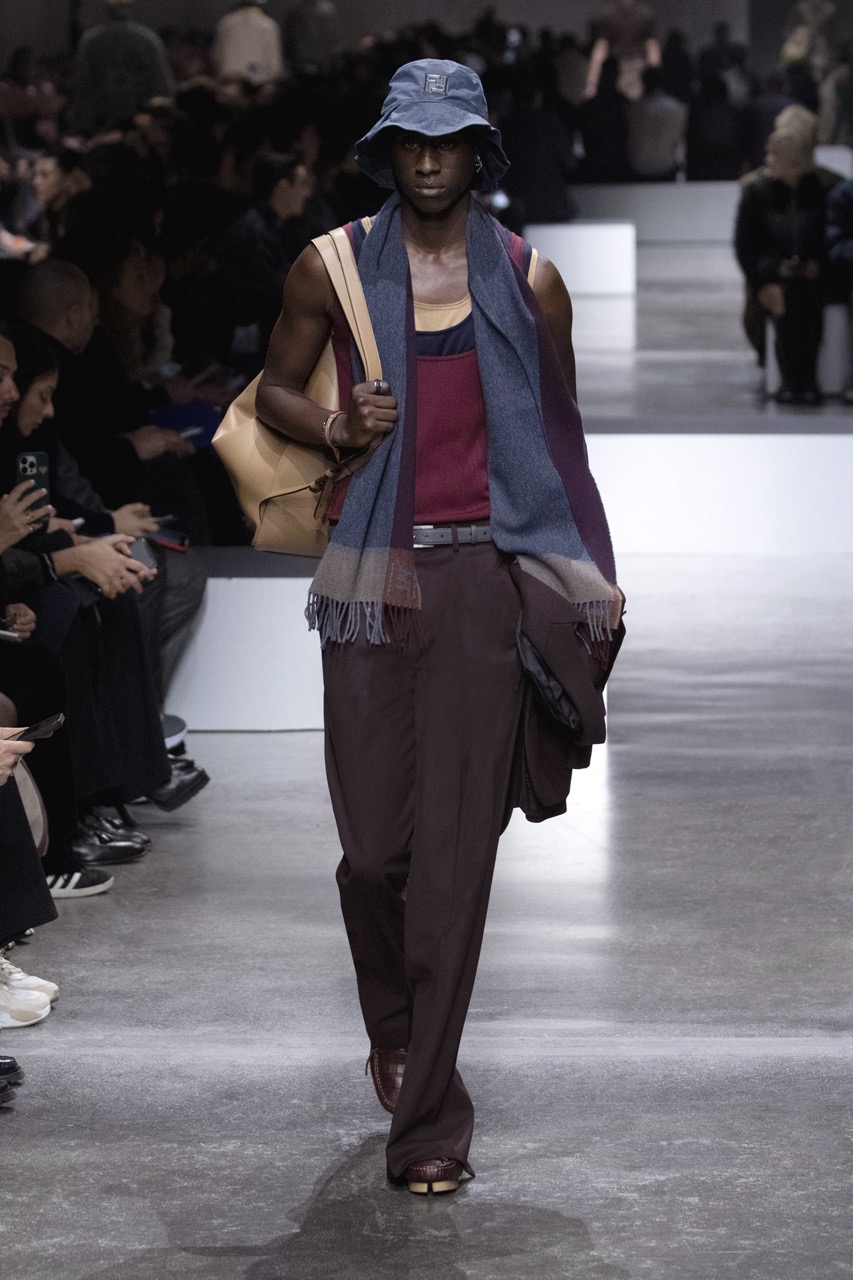
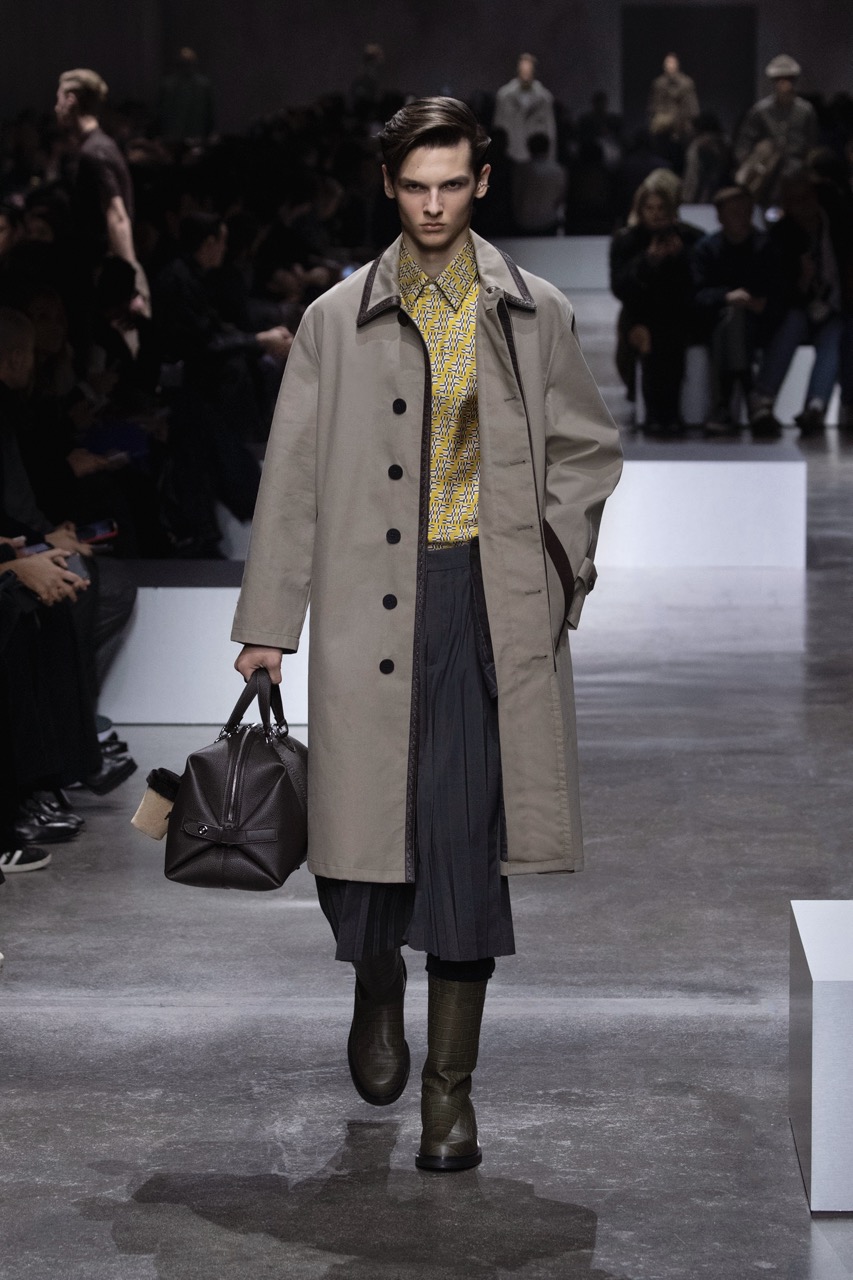
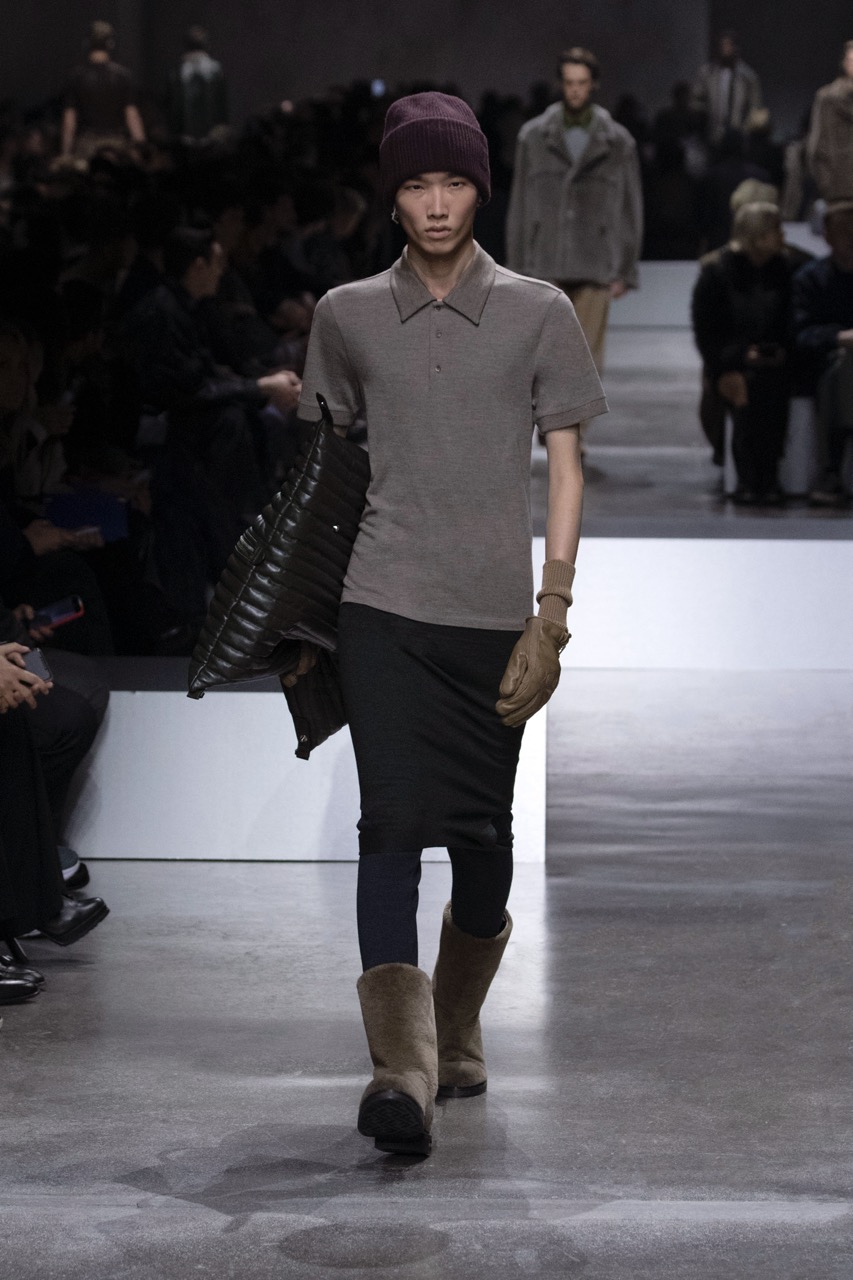
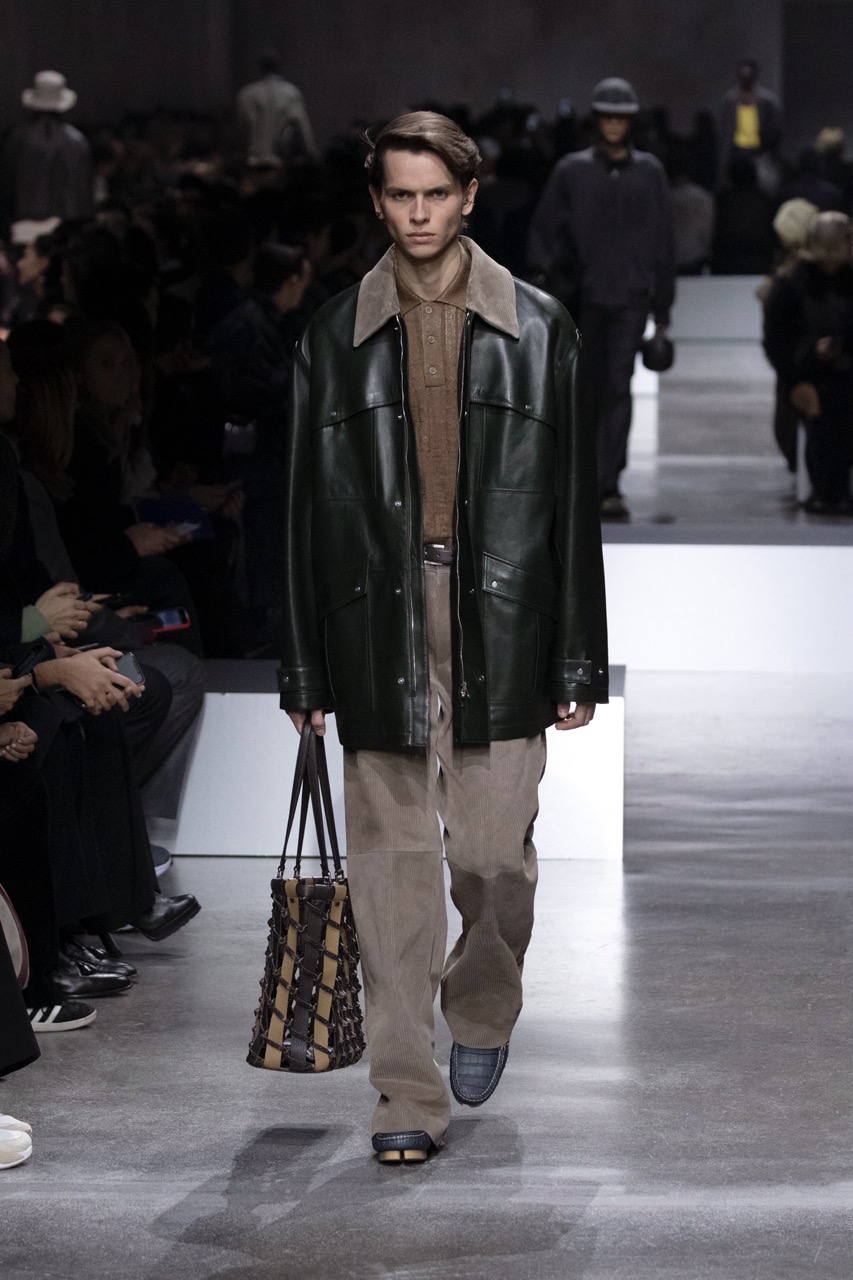
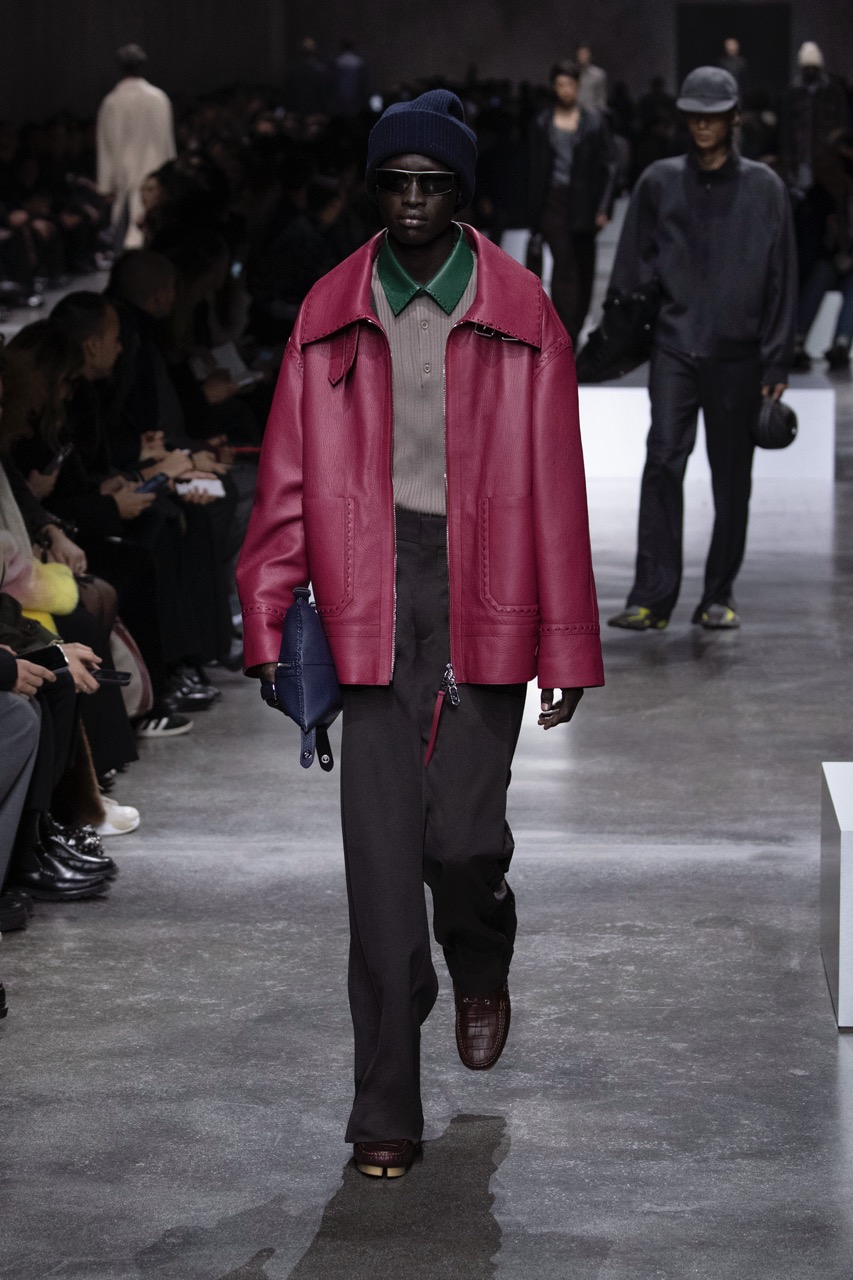
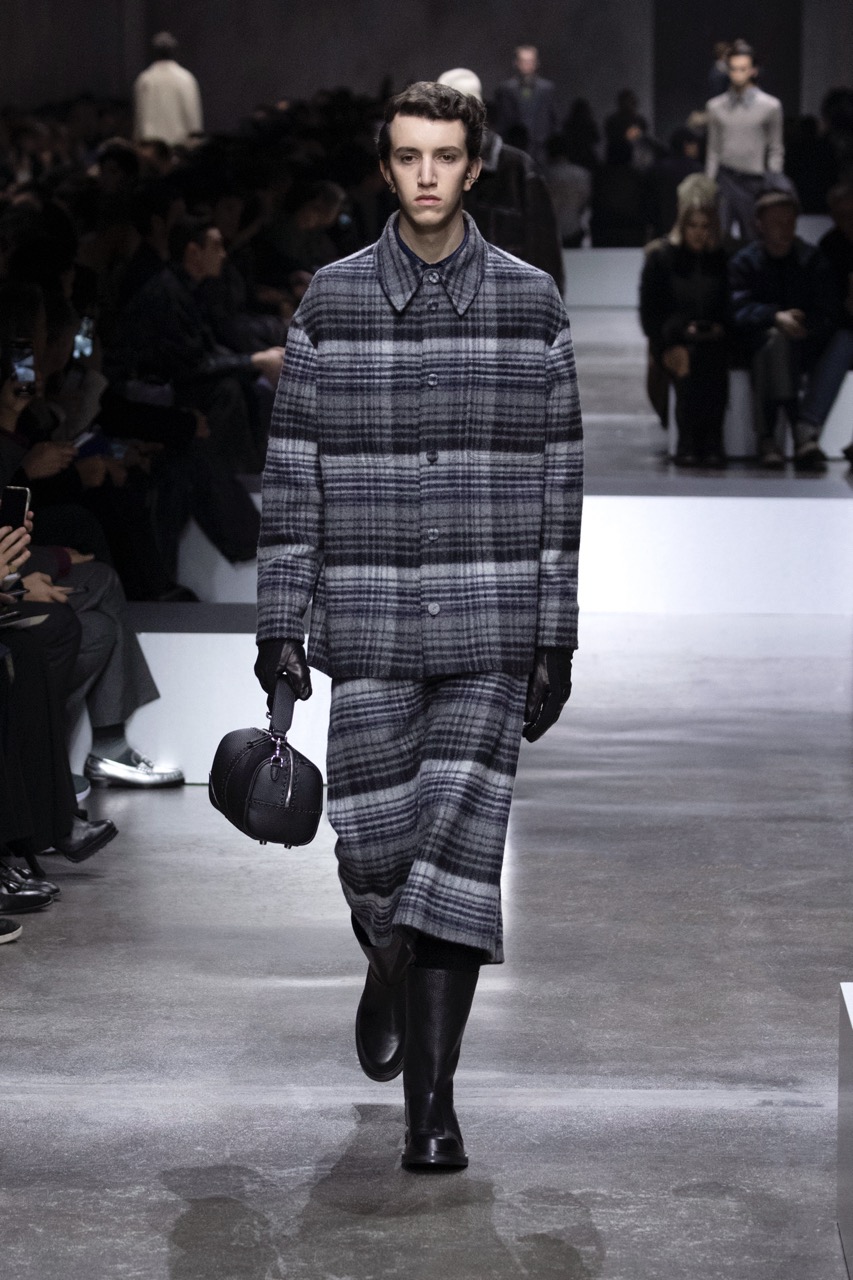
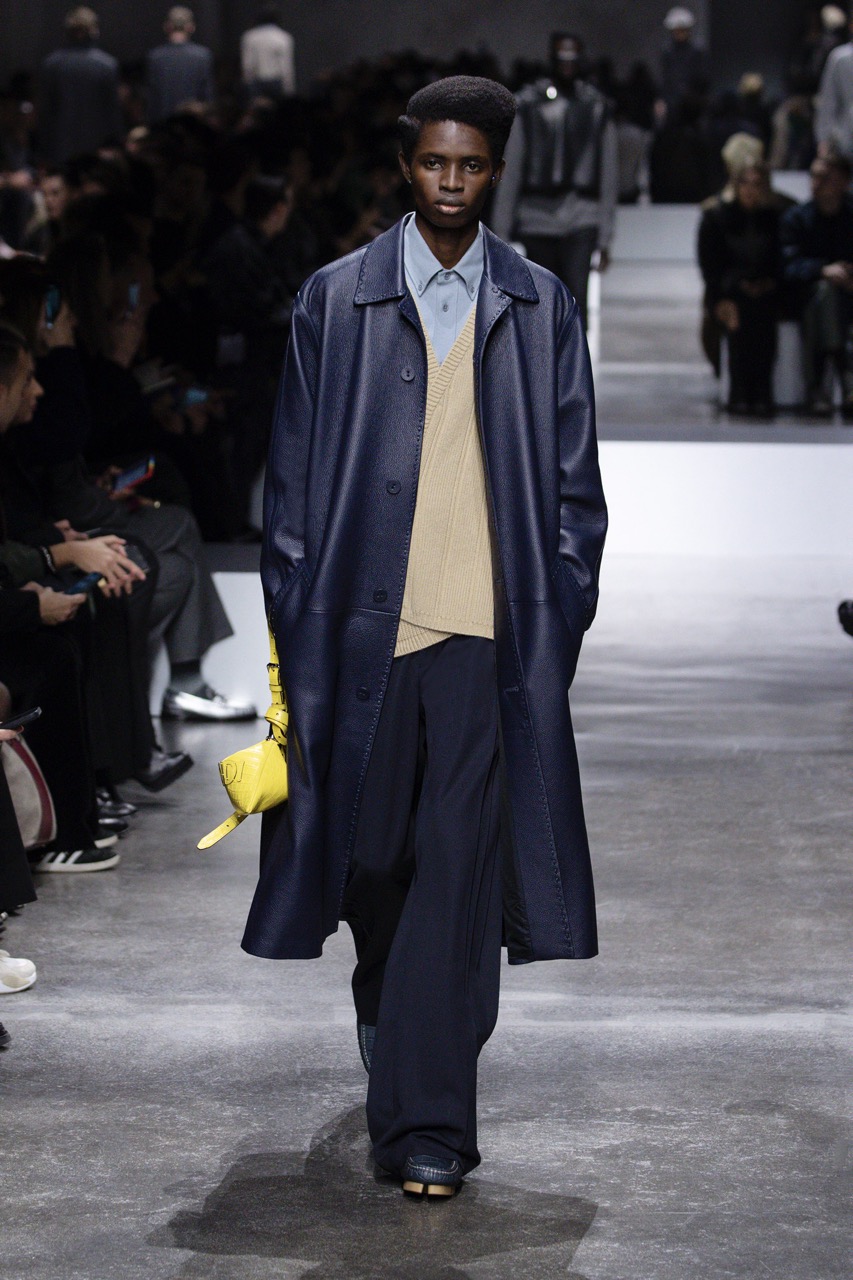
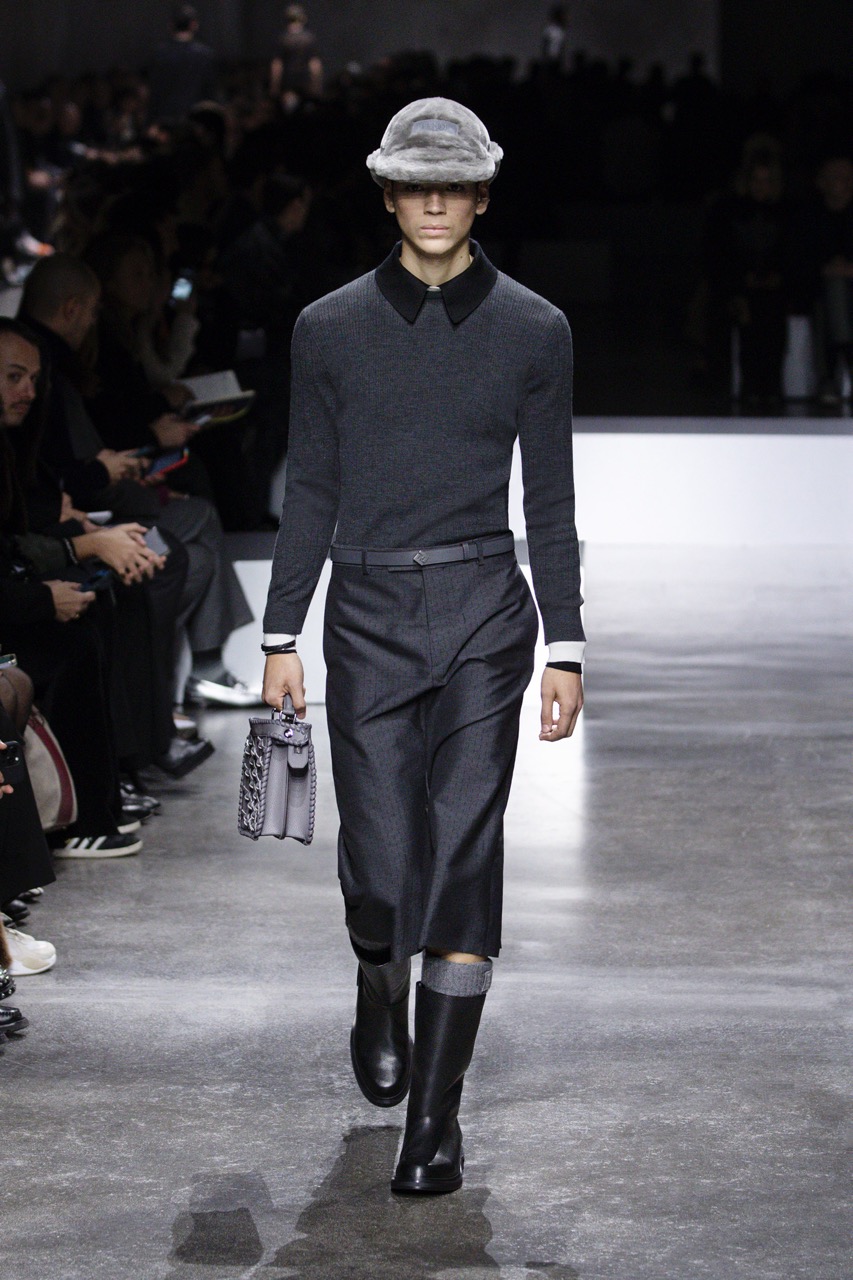
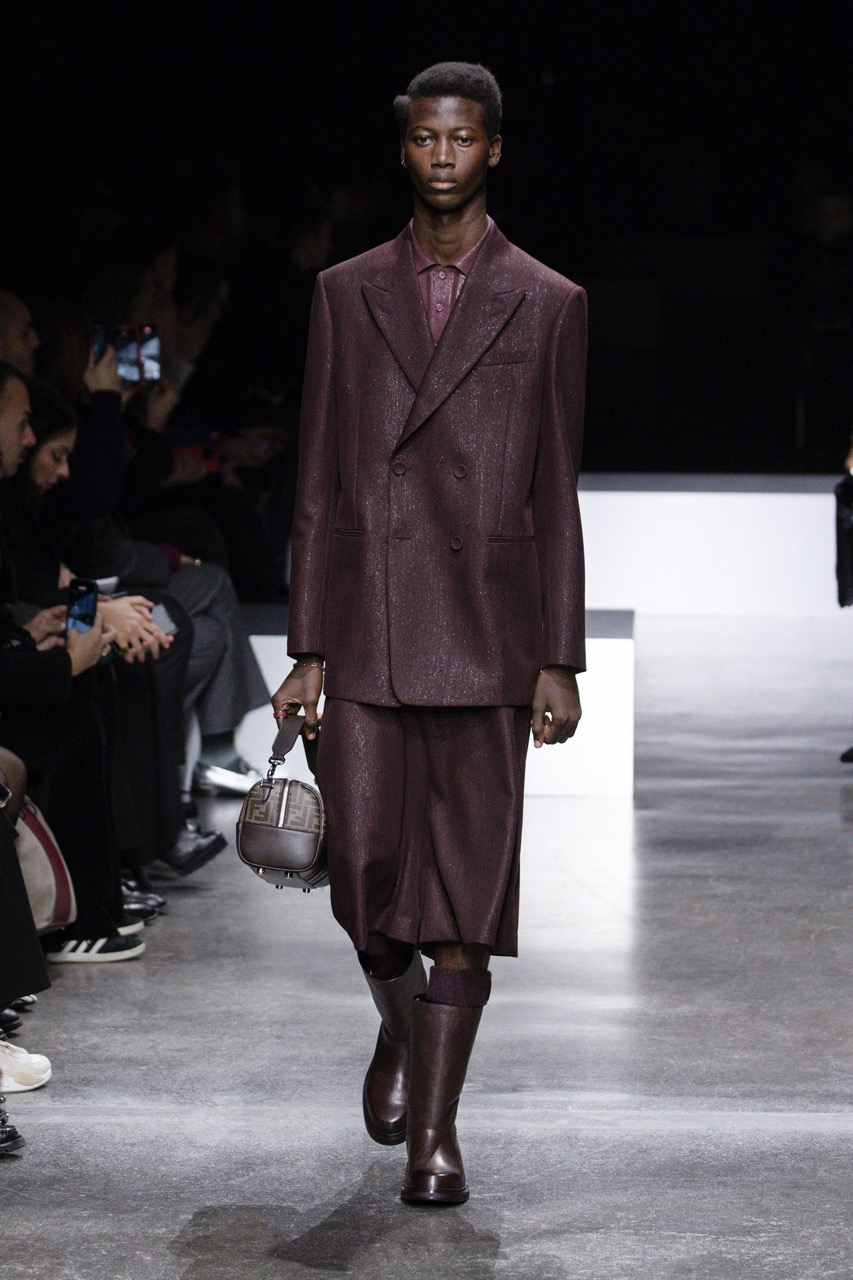
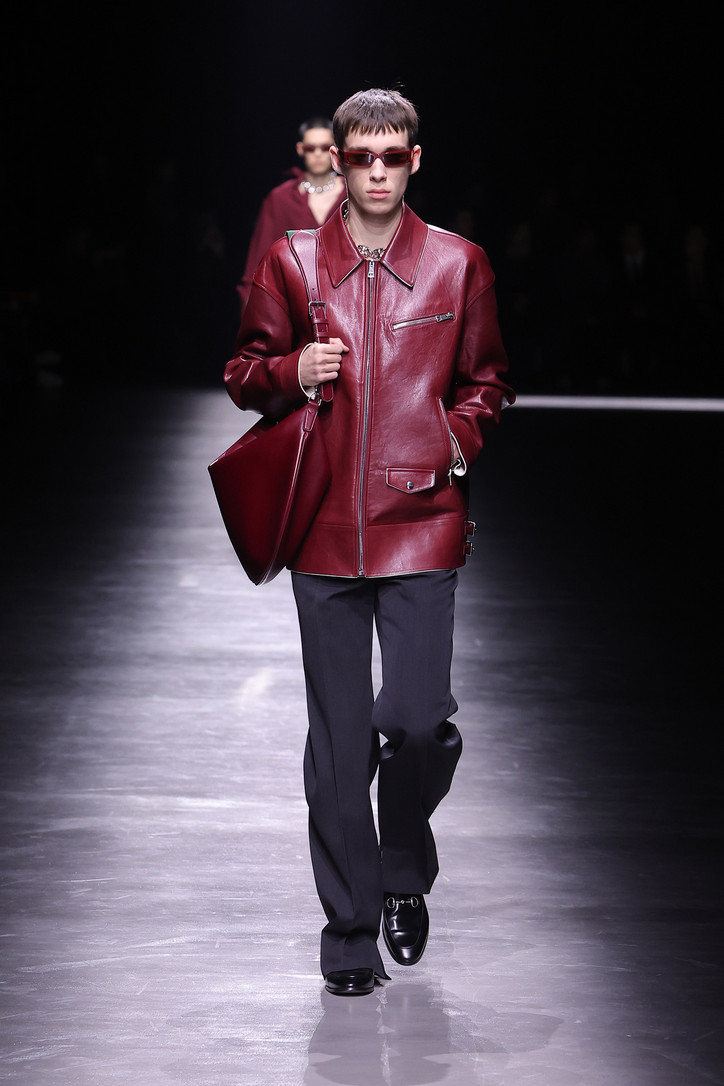
Almost the entire Fall collection was there somewhere, save for the airy toppers (and it’s a fair bet some A-listers have those at home). That the above bears something is a gauge of the huge significance of minimalism’s mainstay. What past seasons accomplished in maintaining the status of rational, classy daywear has shattered the maximal renditions of menswear that reigned prior to the pandemic. With De Sarno, the Gucci men have seen what they want, and the atmosphere in the show was strumming with the collective will that the designer would stick with ease and subtle functionality. He did so in the wave after wave of clothes that quenched the minimal designer's grown-up desire for flattering, simple yet sexy offerings.
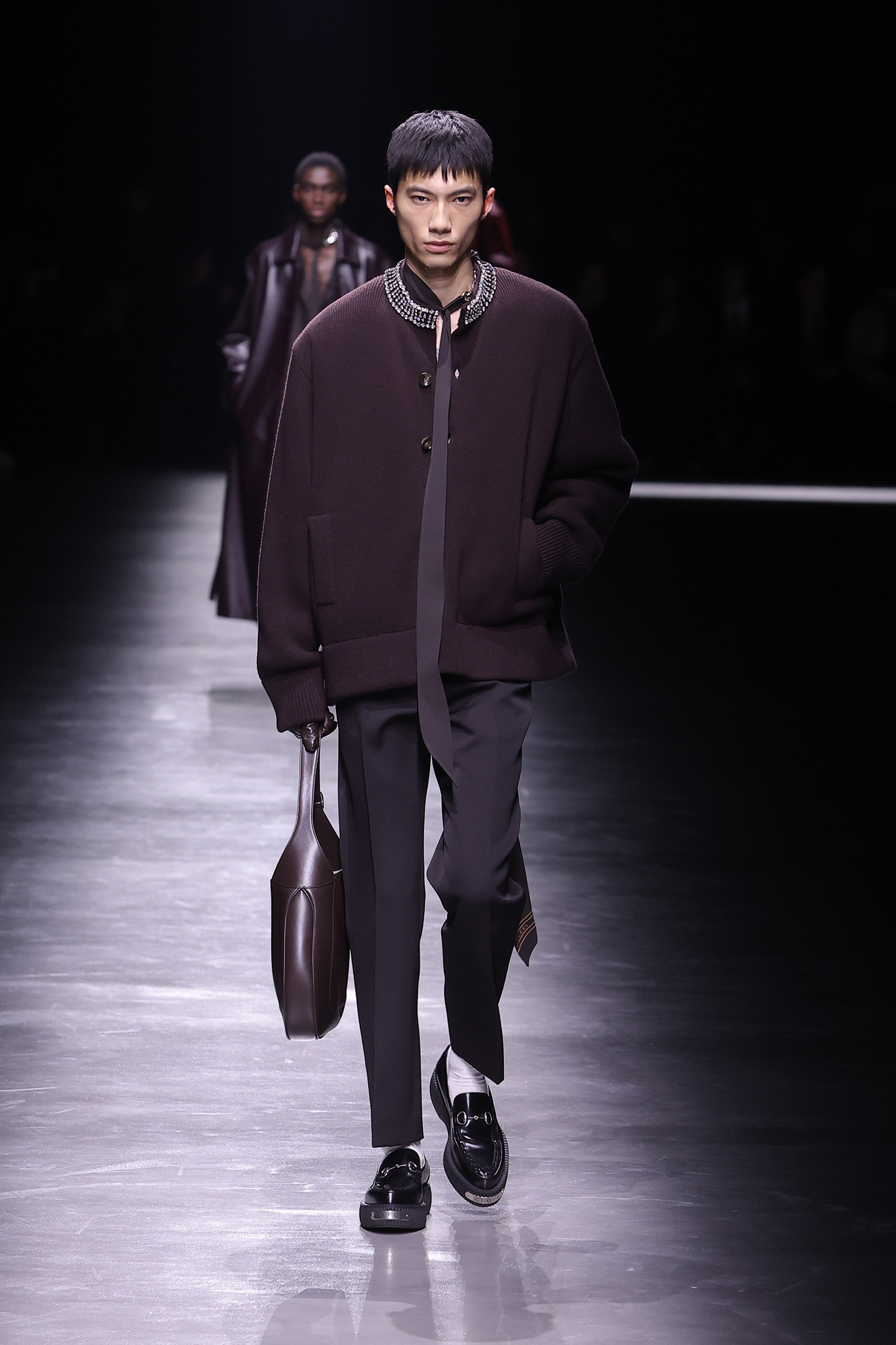
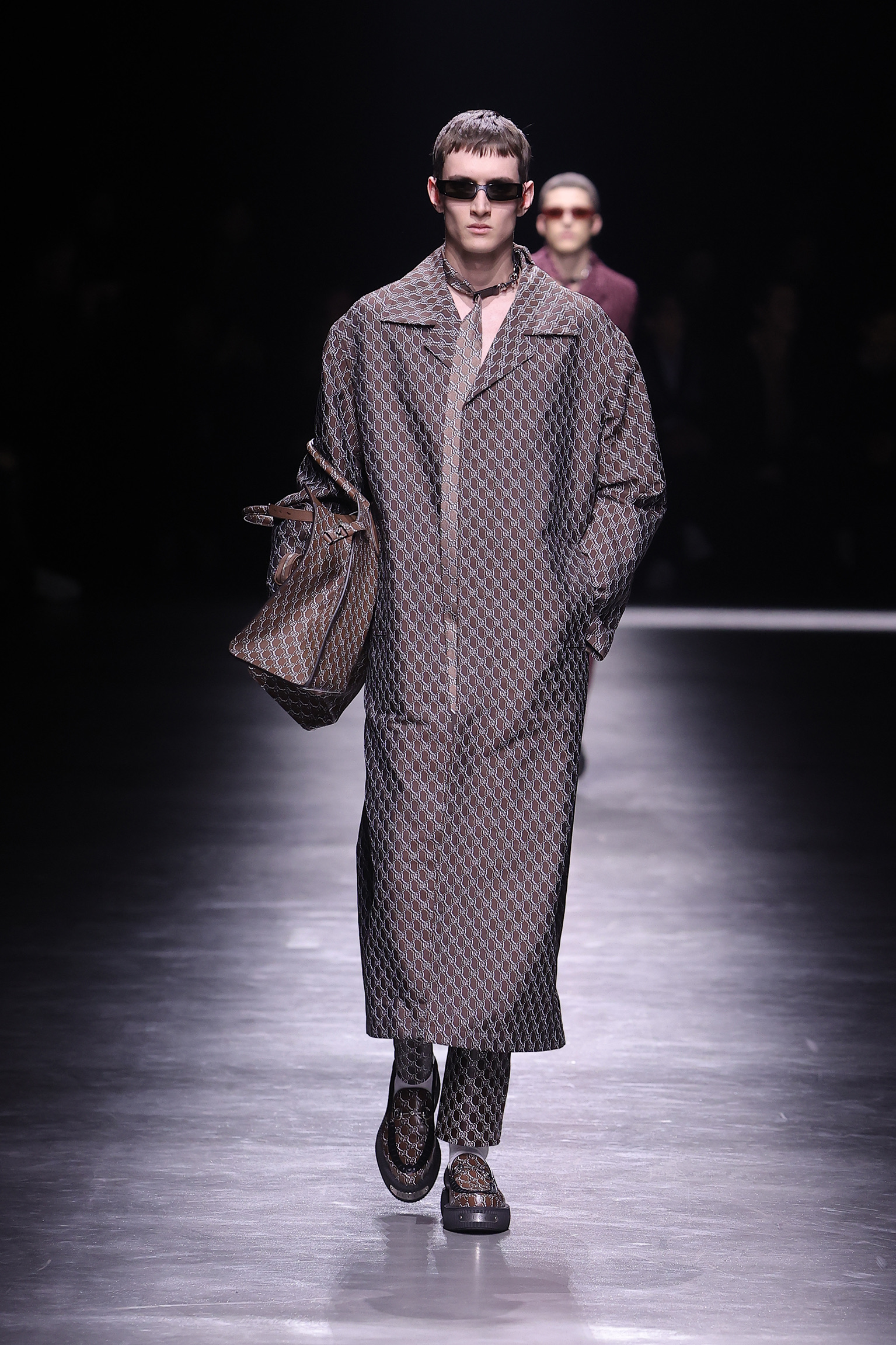
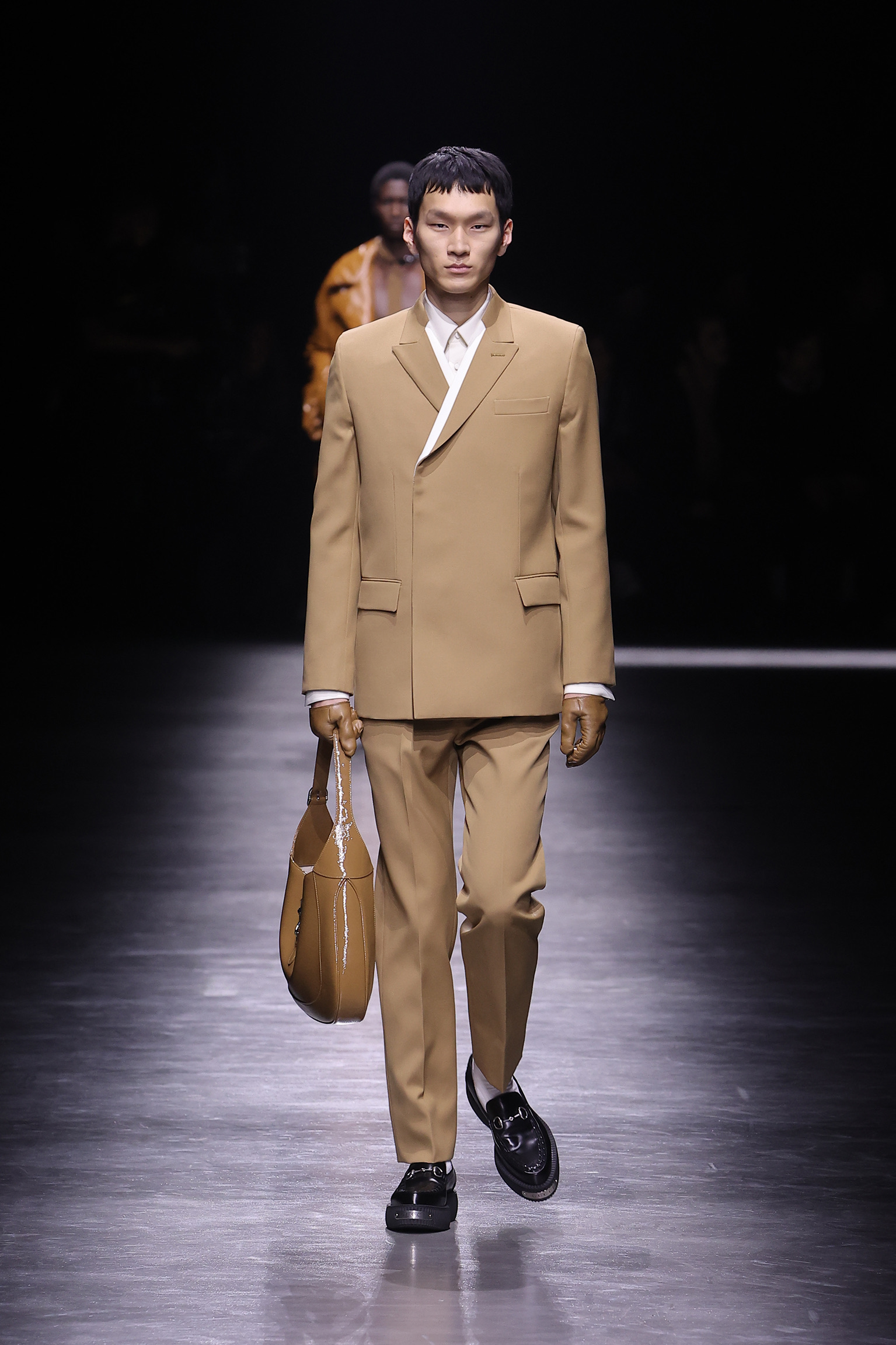
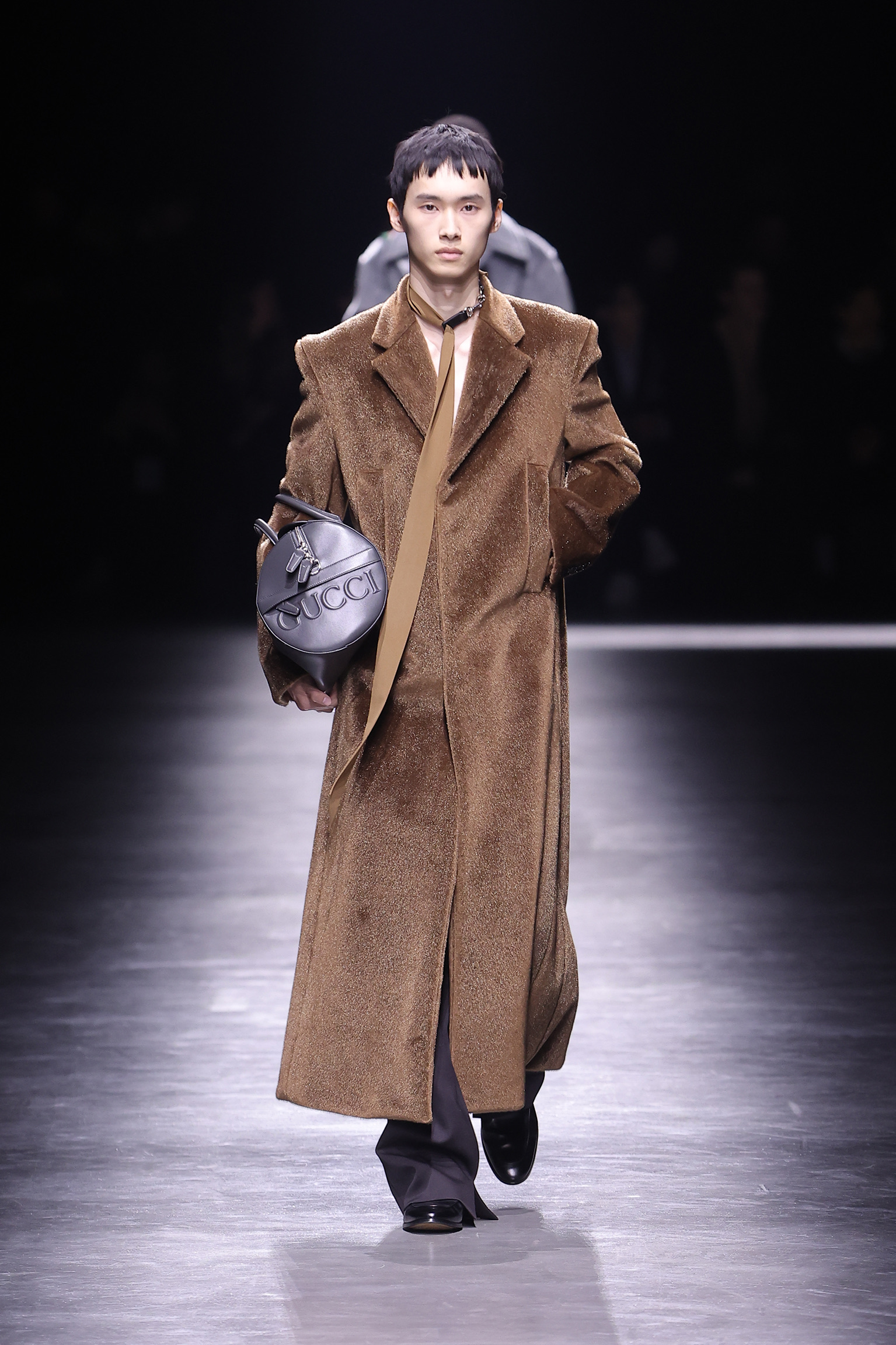
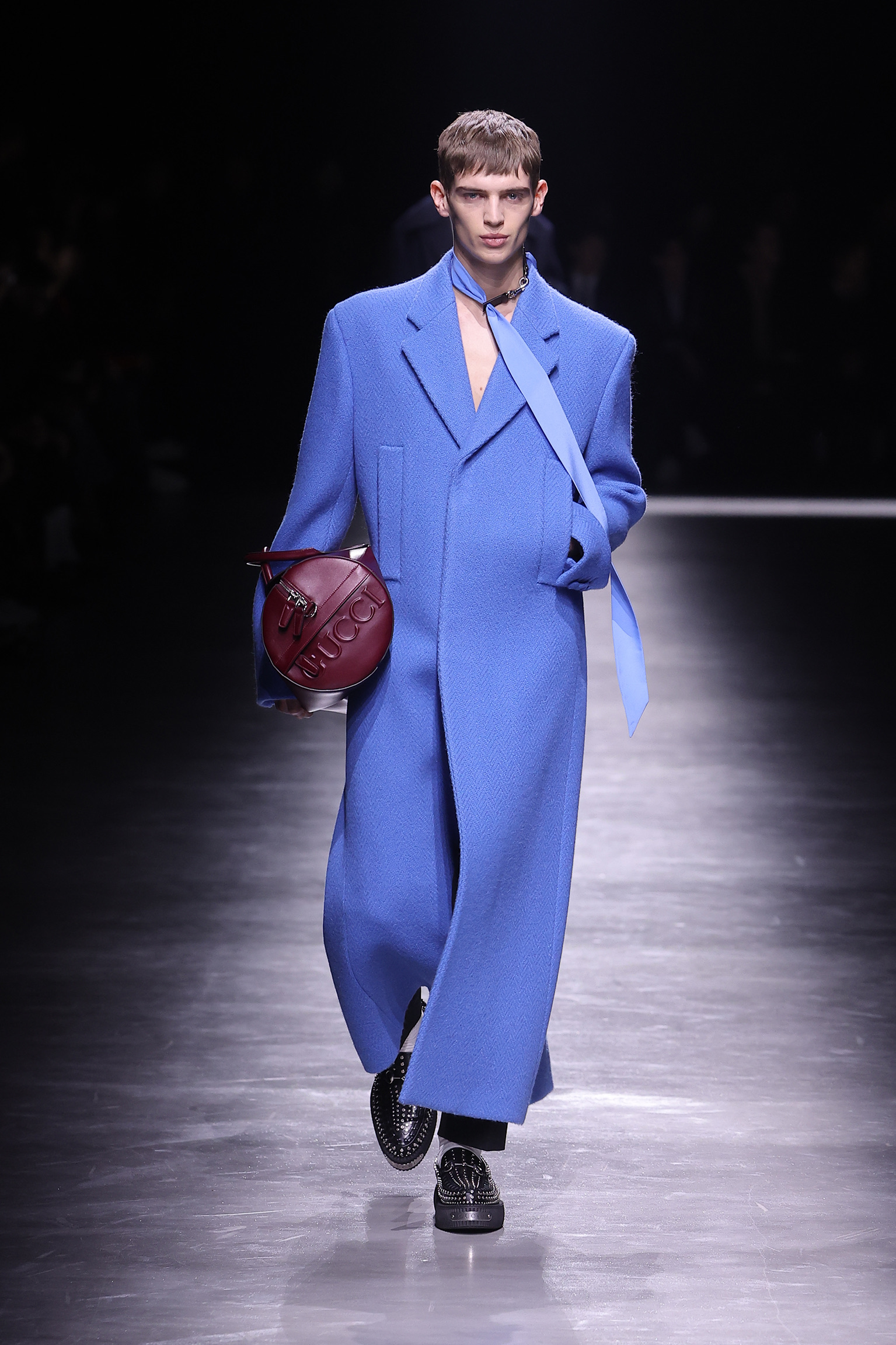
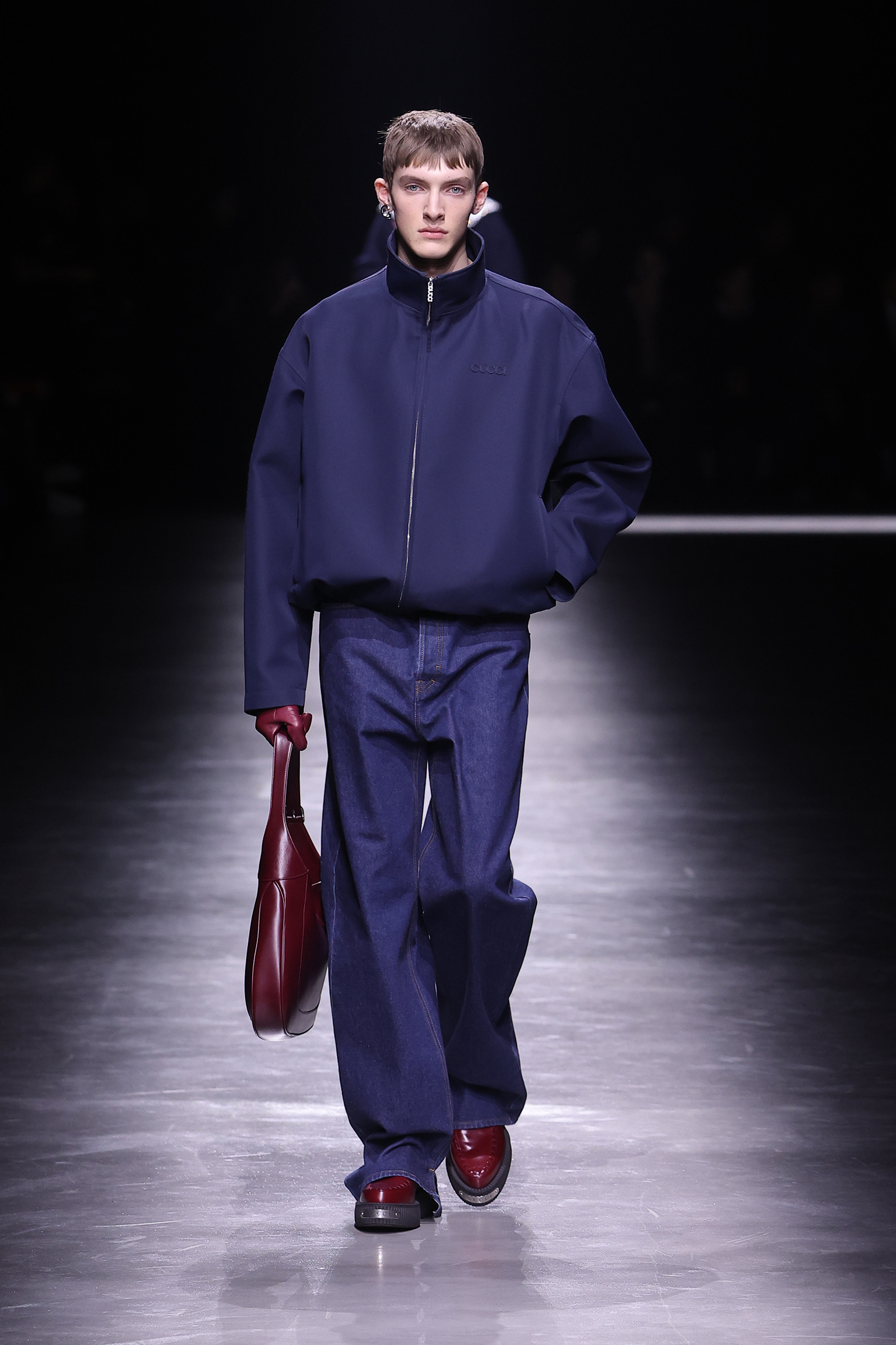
“It’s a story of richness and lust, desire of red but also blue and green, of flash, of spontaneity, of light, of a party at the first light of day,” read the notes, punctuating to the designer’s ability to detach from the industry’s fads and enrich the man’s wardrobe through a wealth of dare-not-shout essentials. But there’s more to it. “It’s an unhidden story, one that’s proud, it is manifest and not taboo although it might look like it should be, it is completely free and filled with euphoria.” Part of the seasonal proposal was offered by the loafers, protagonists throughout the House’s history, which evolved with the same approach as in the first women’s show. What’s more, the variety of De Sarno’s outwear was amazing — spanning a chic casual overcoat in tints of brown, red and black. Alongside that, a plethora of night options focused on separates — a refreshing break away from the Houses’ obsession with head-to-toe staples that looked similar, in previous outings, between one another.
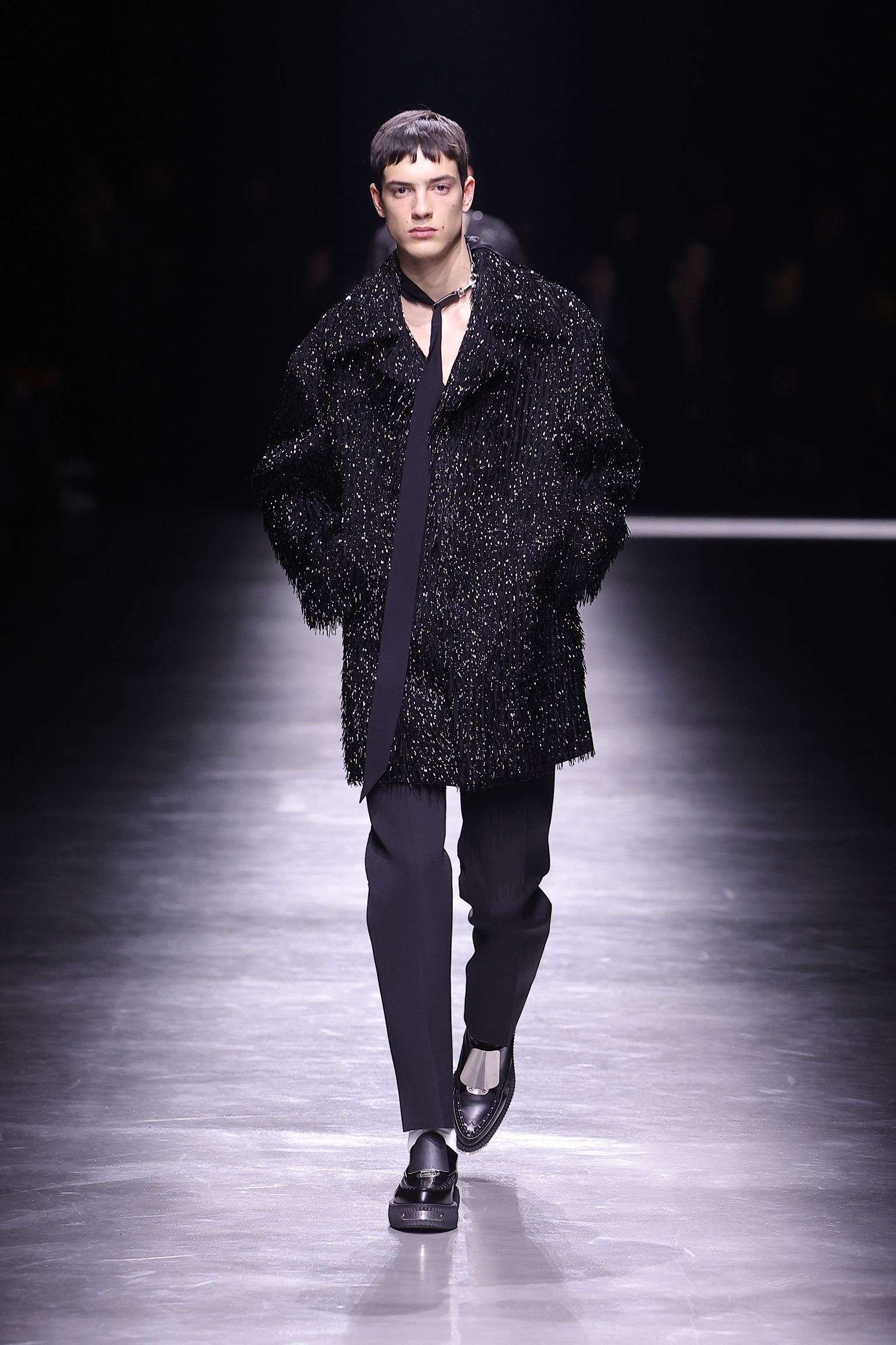
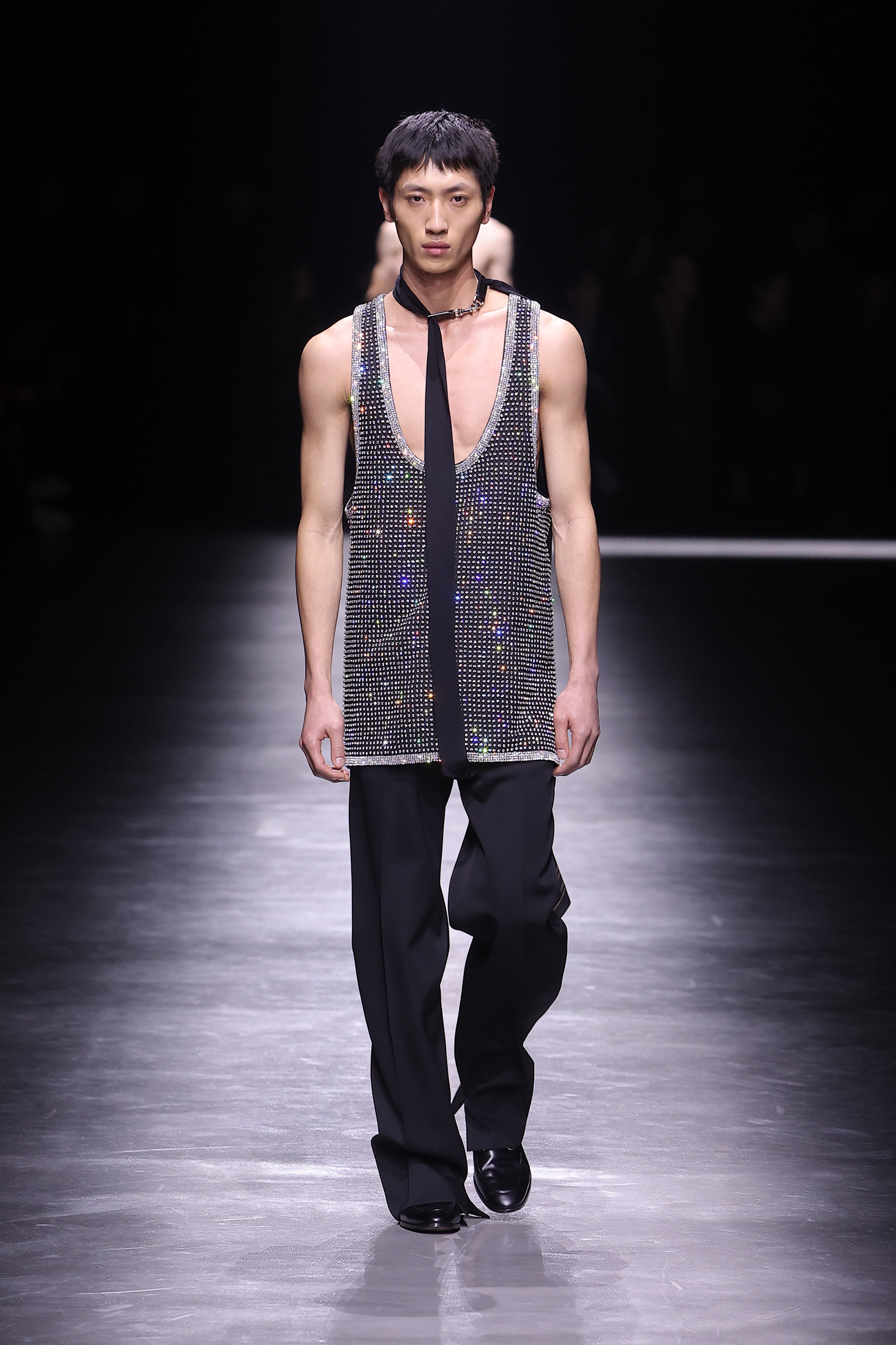
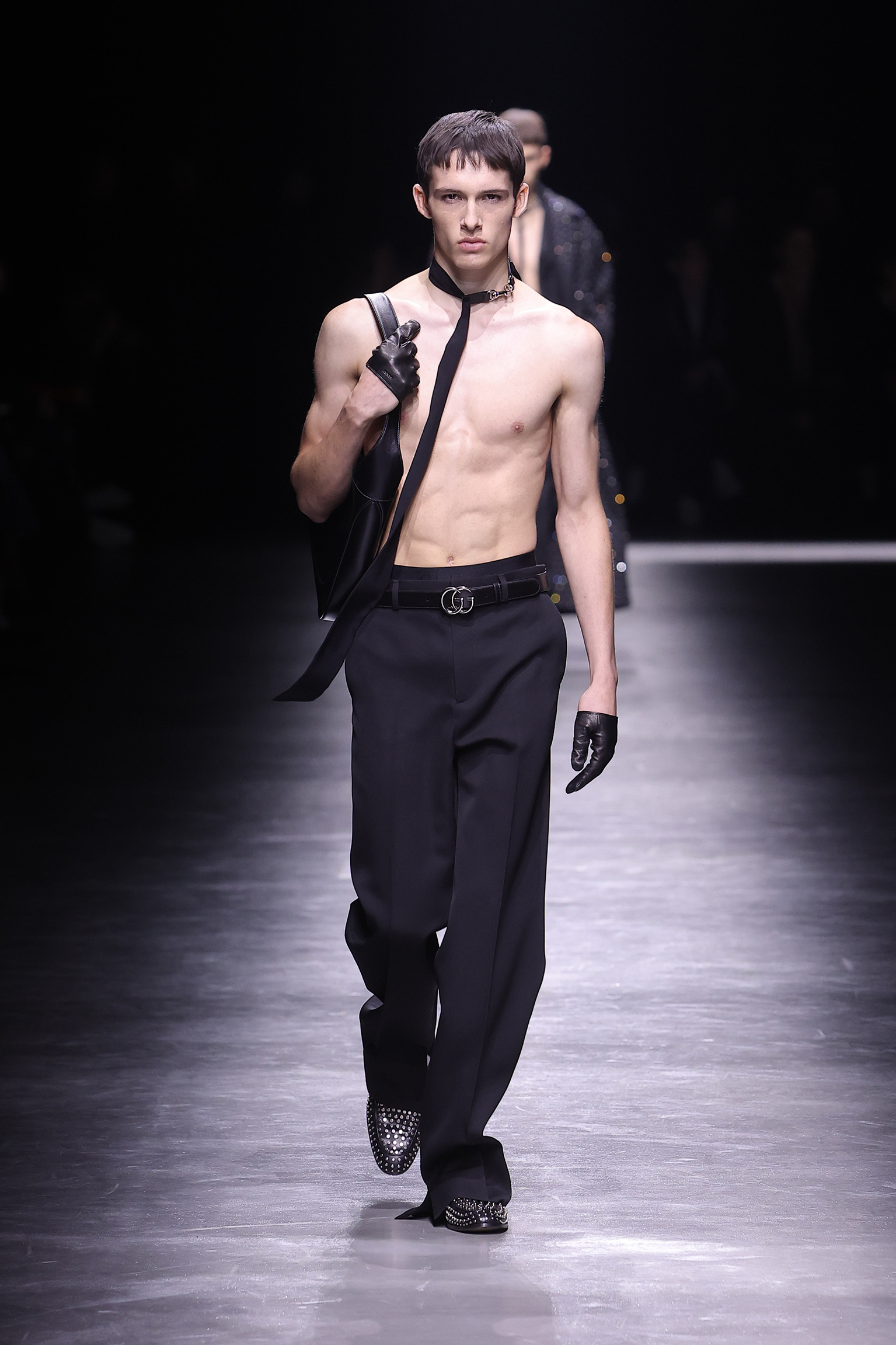
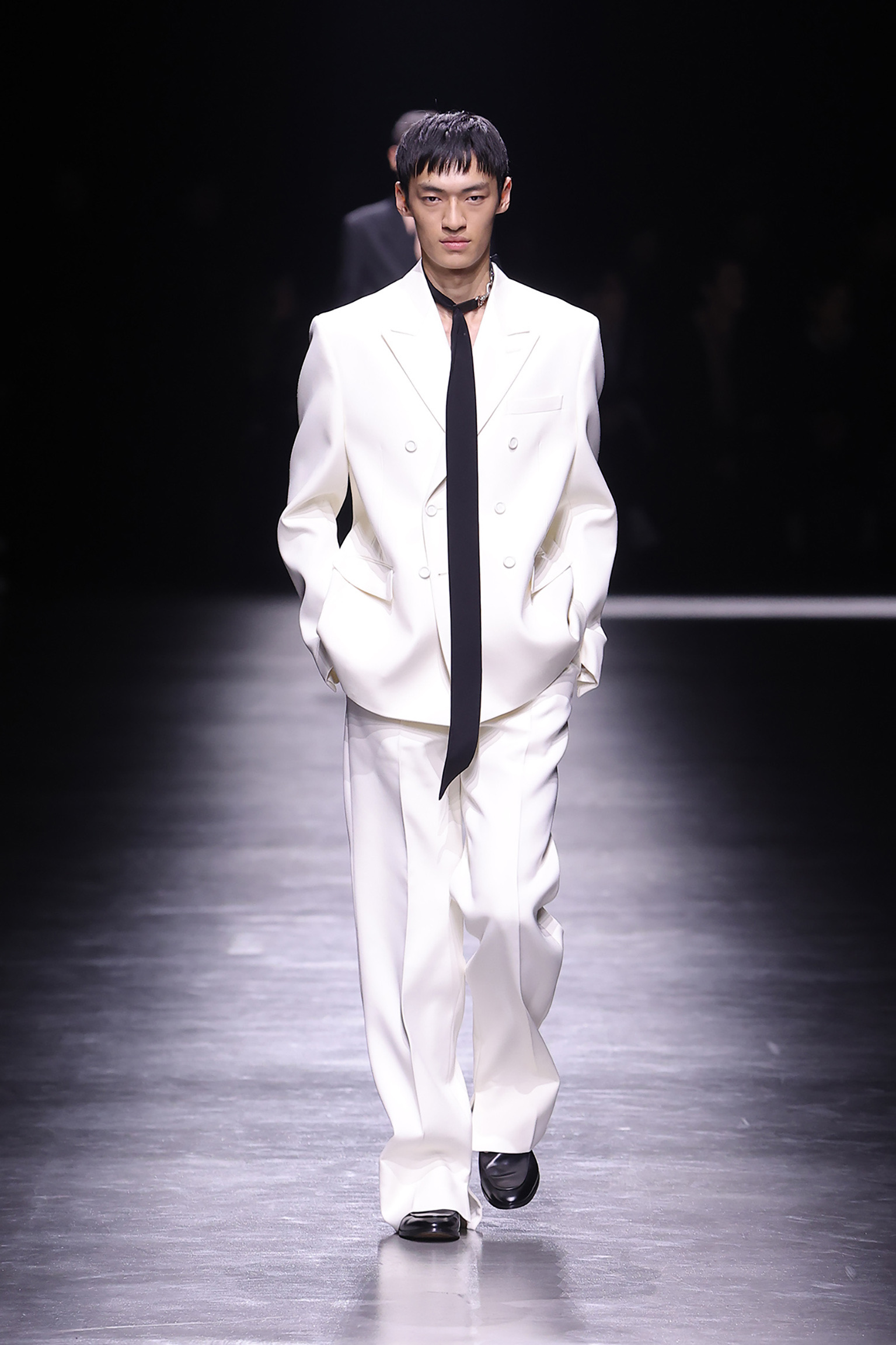
Most of it was body-hugging, some of it was body-showing: however, there was a sweet sense of old-school elegance that felt compelling throughout. In their own way, Gucci’s genes are moving with a quietly potent pace, which is delightful to see.
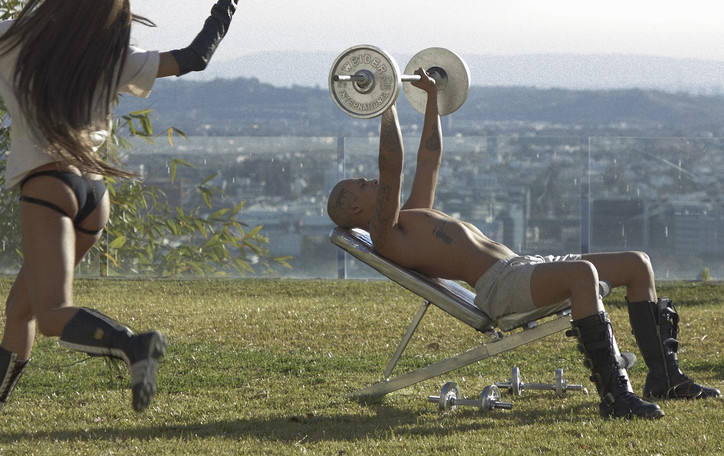
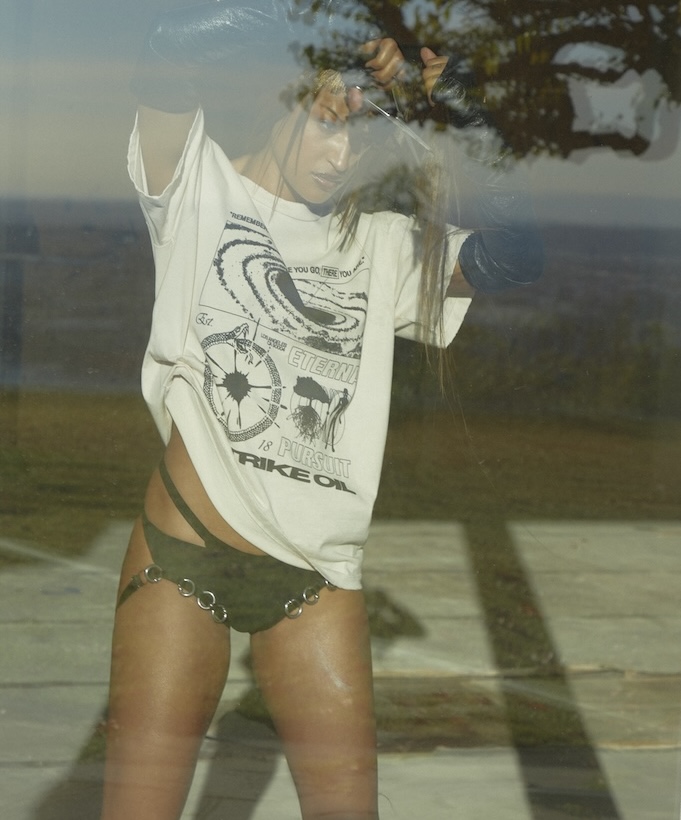
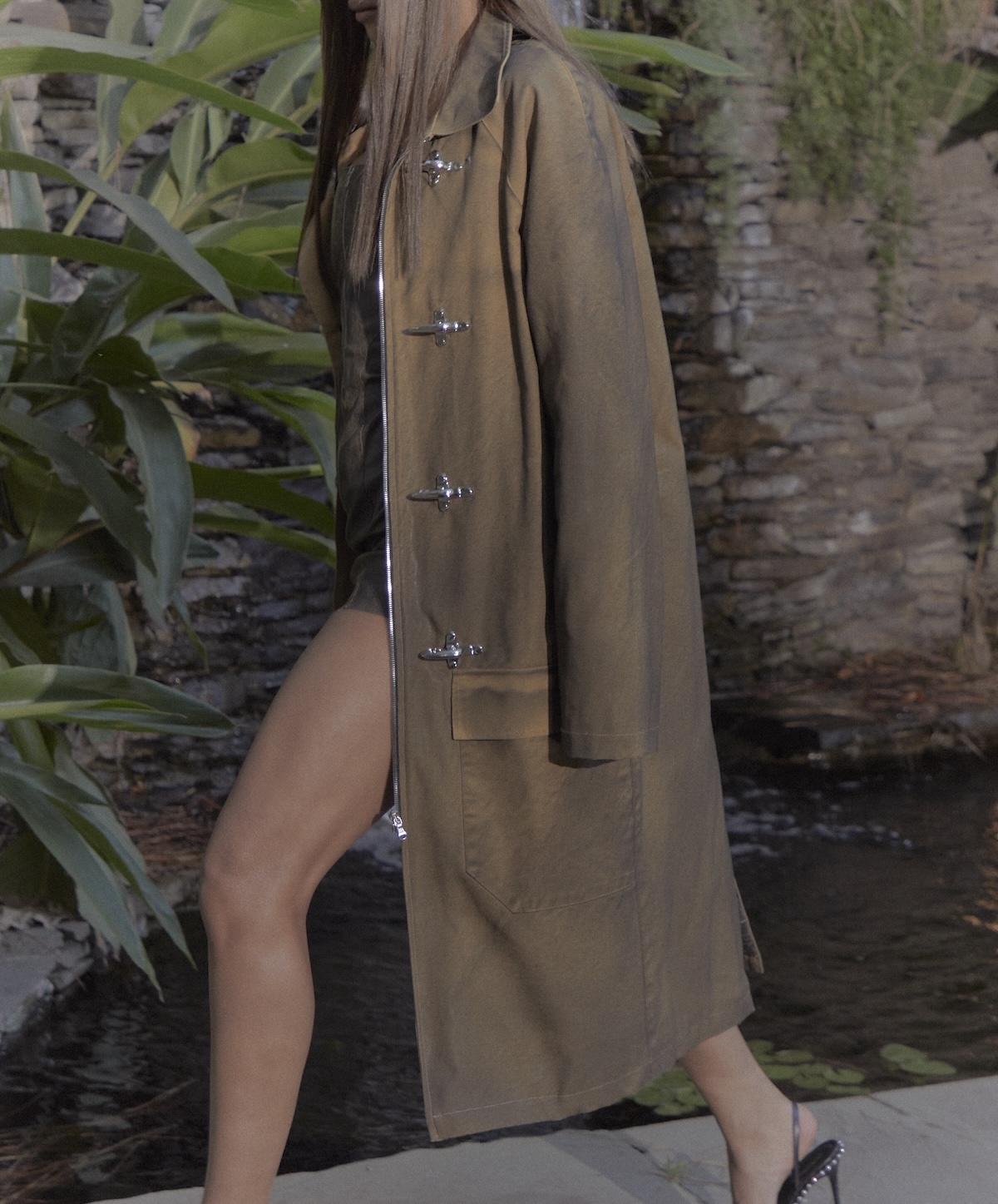
When did you first realize that you wanted to be a designer?
I realized I wanted to be a designer while I was at college. I had started modeling around that time which put me in the fashion world and I was simultaneously looking for new creative outlets to better express myself and my point of view. To be honest, I believe the designer was in me my entire life and I just needed the correct circumstances to fully realize it.
What gave you the initial idea for Strike Oil?
I owned an old YSL leather jacket and hand-painted on the back of it, and each time I wore it out people would ask me where I got it from. People would constantly compliment the art work, and so eventually I felt this is something I should develop and explore further, and that's how Strike Oil began its journey.
Where does the name come from?
The name Strike Oil is lifted from a famous quote by my great-grandfather, “Rise early, work hard, strike oil.” I think of Strike Oil as a tongue-in-cheek spin on what people perceive me to be. I acknowledge my roots but am carving my own path with my designs and my brand.
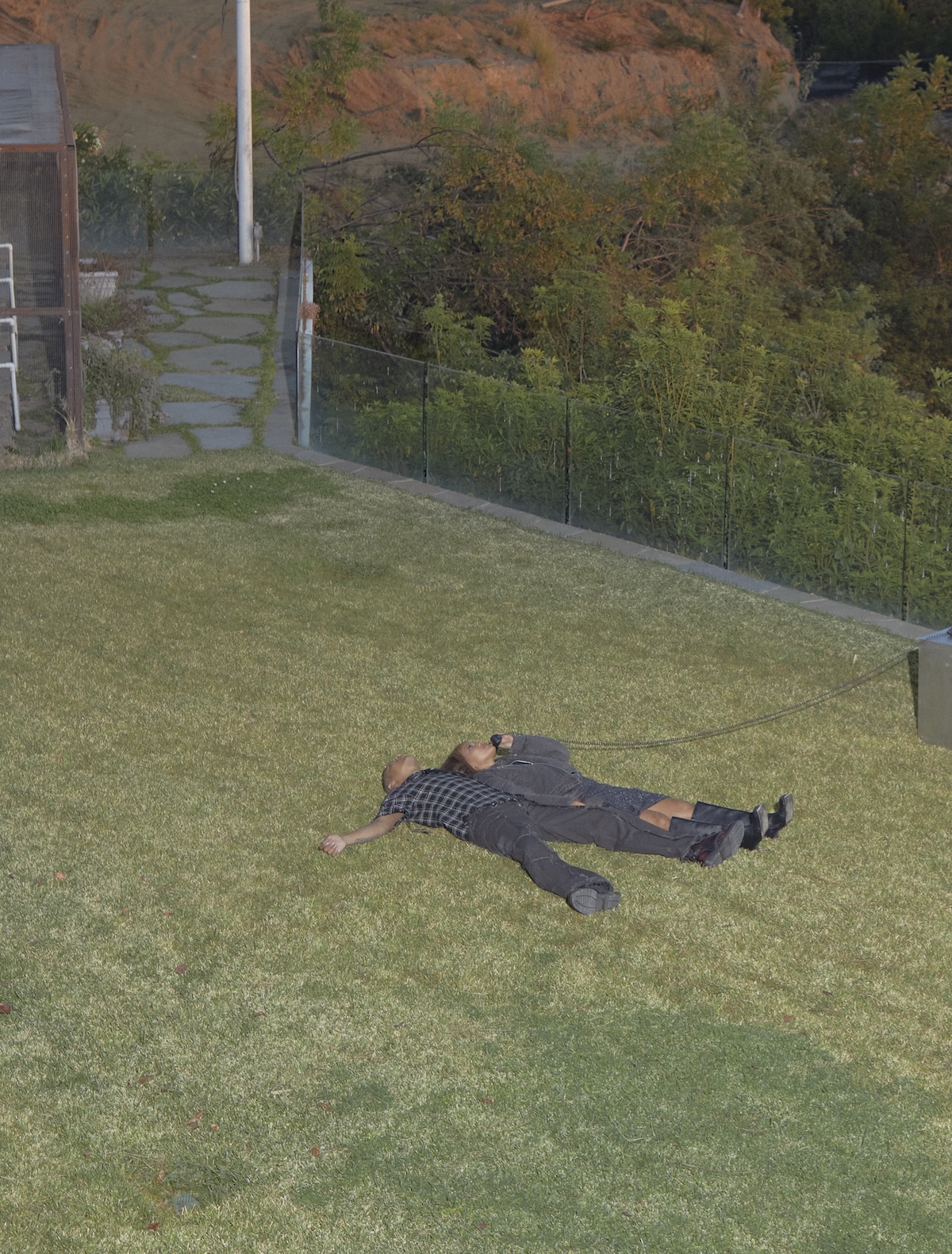
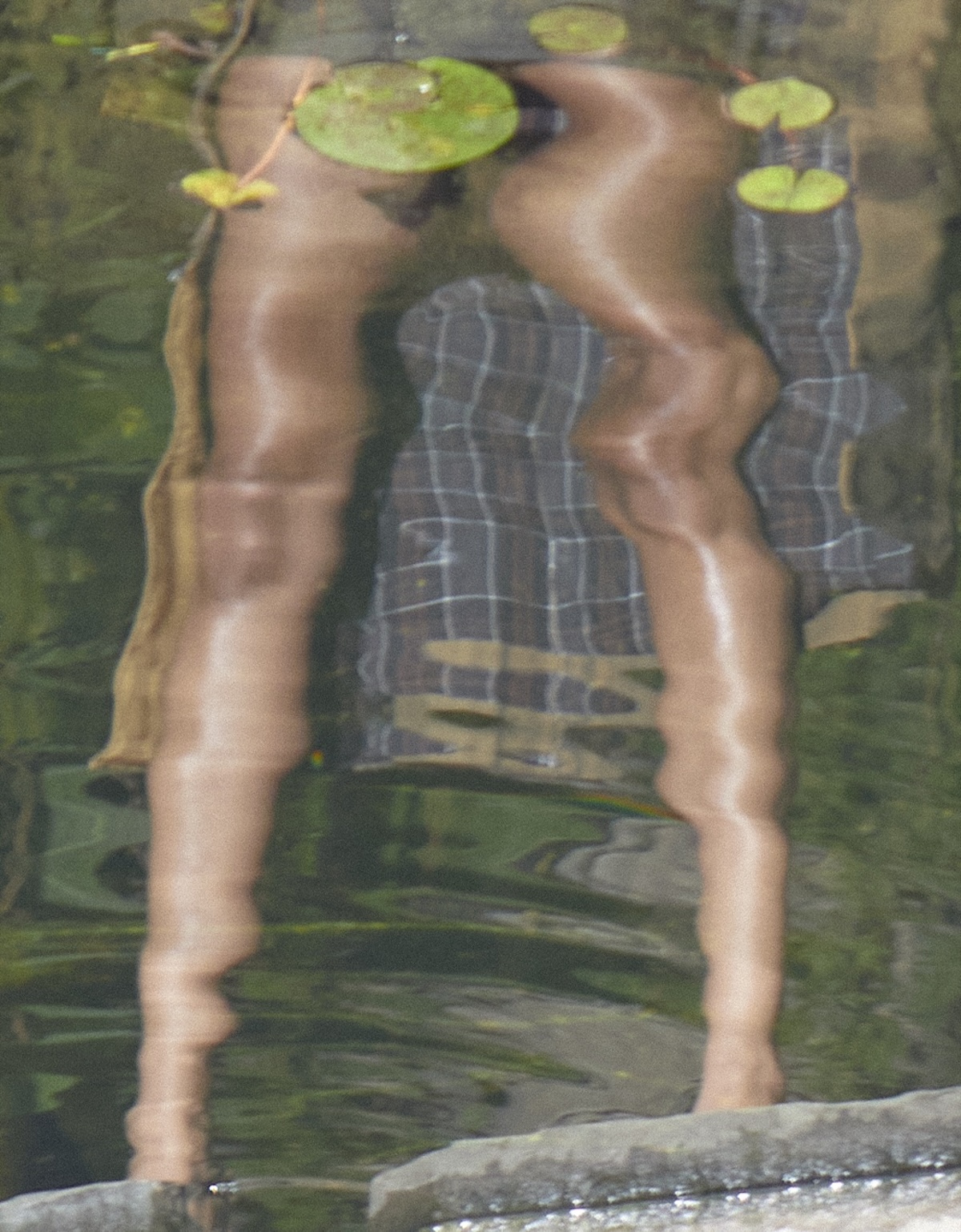
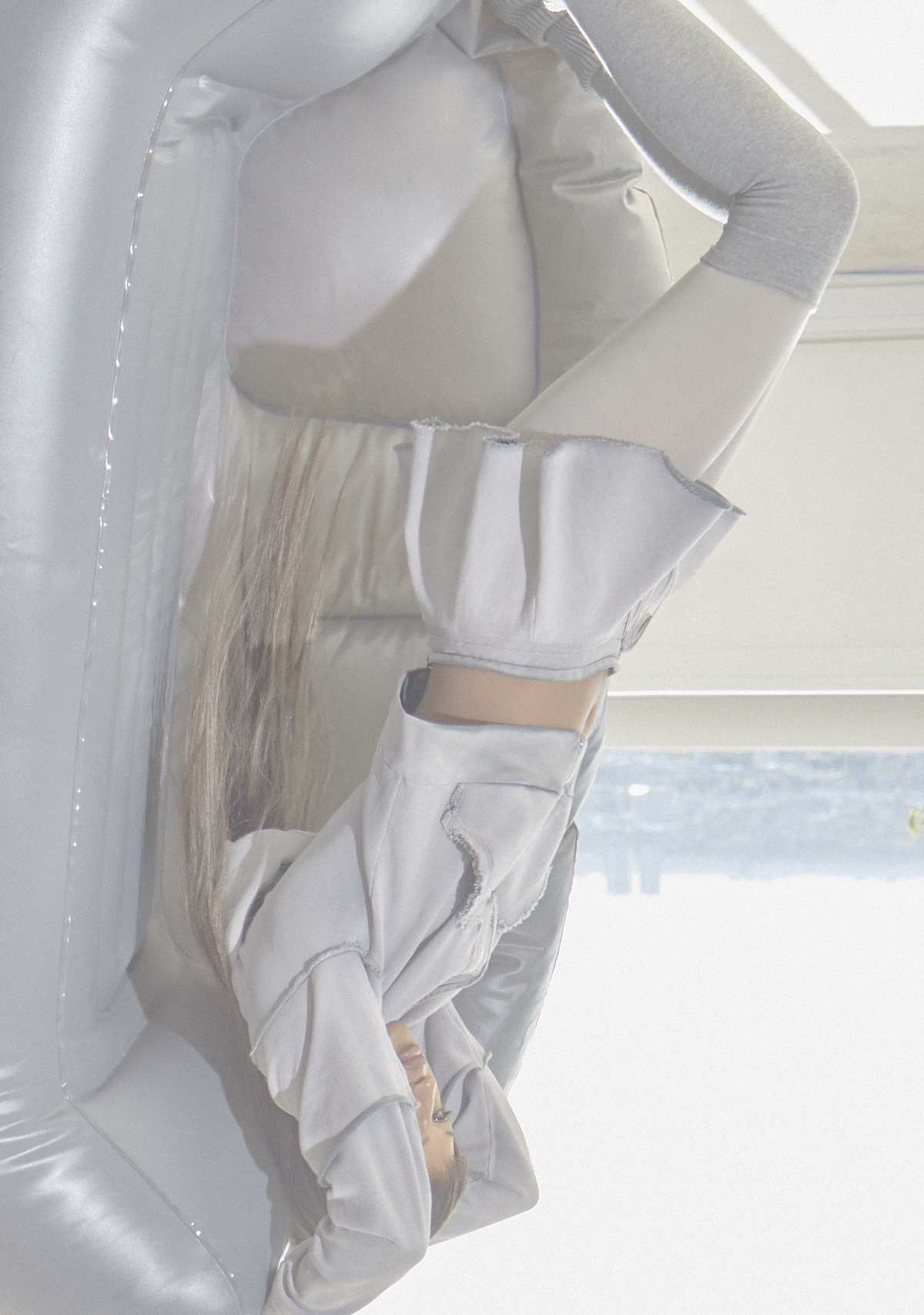
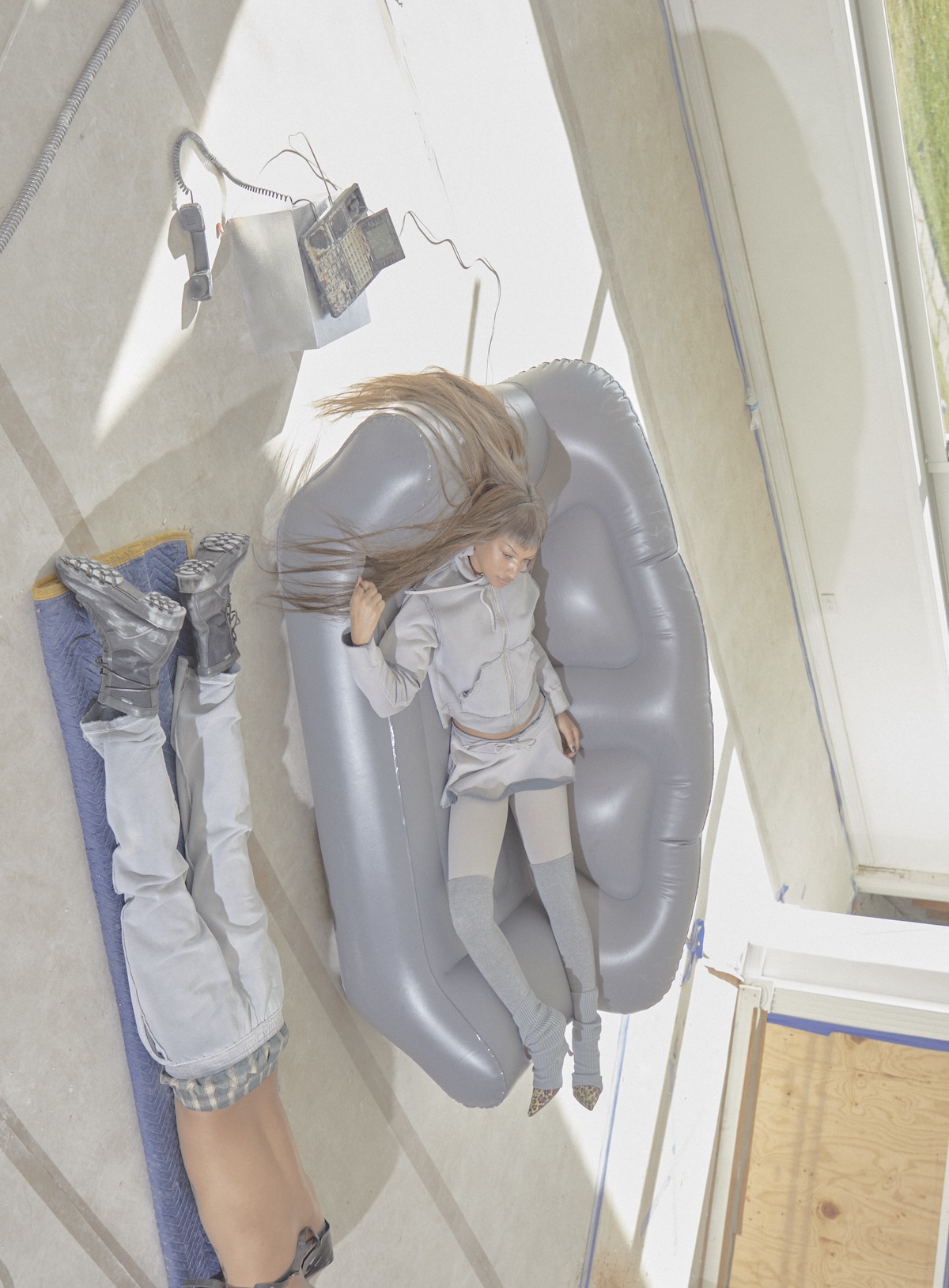
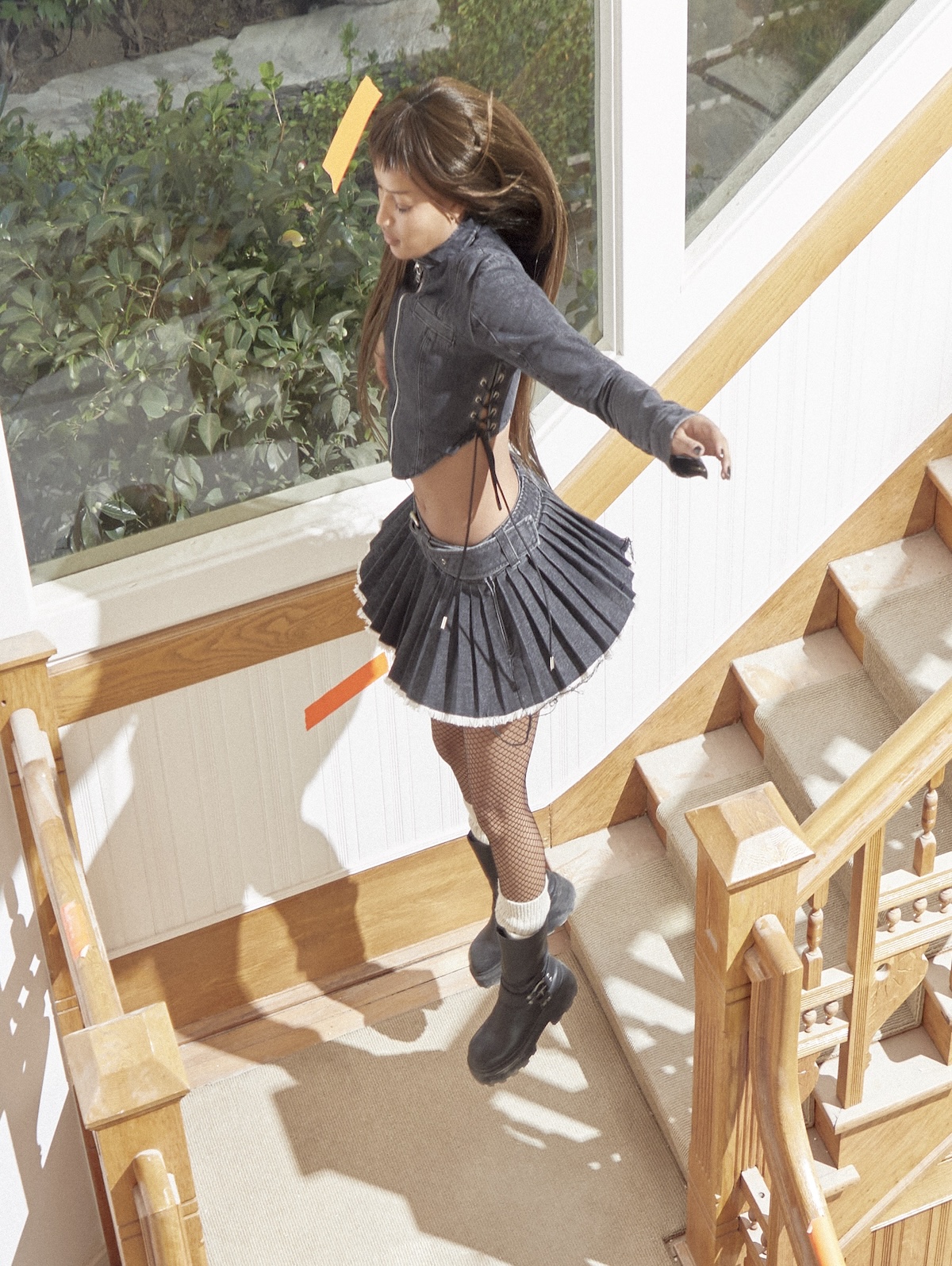
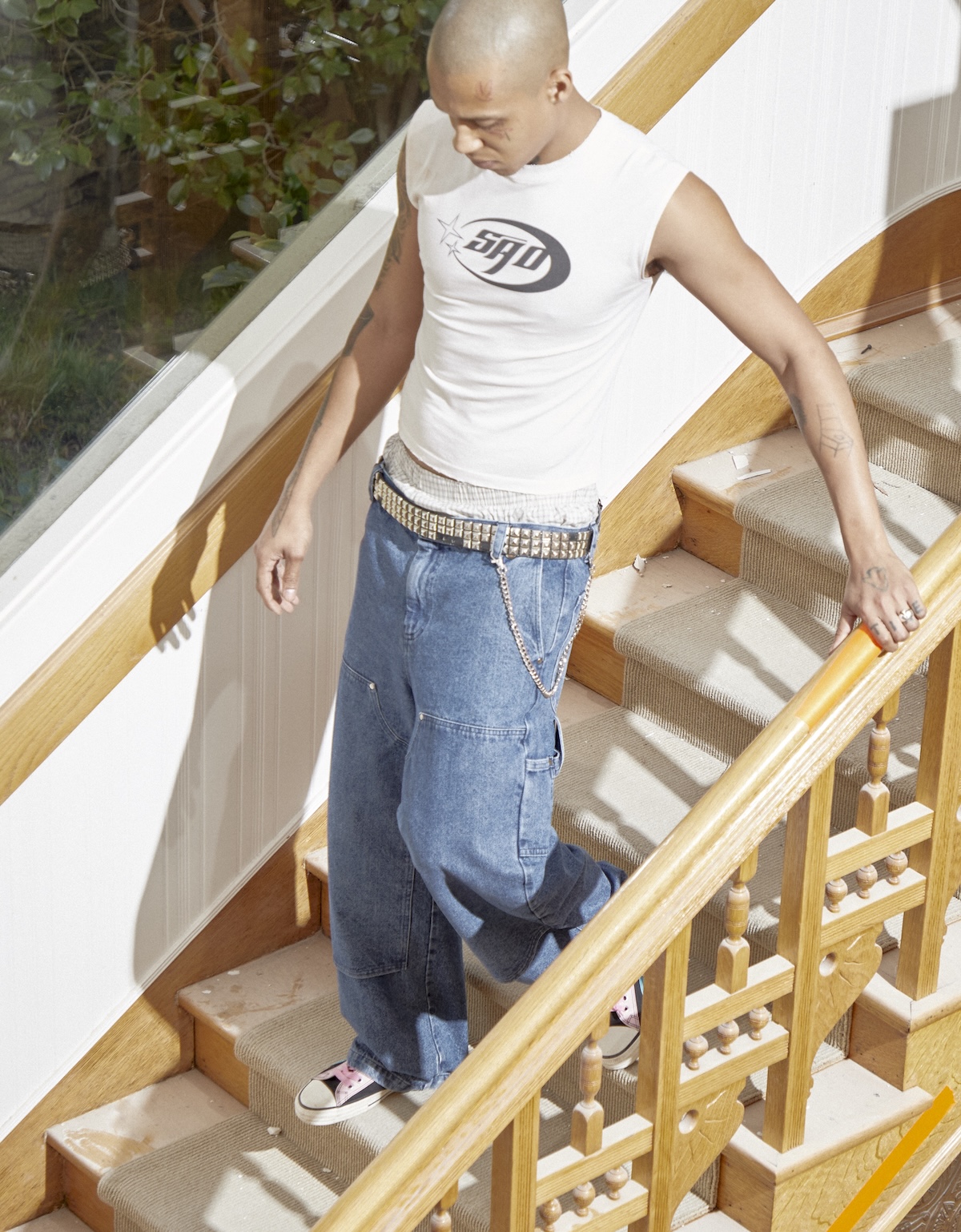
What inspires you?
I’m inspired by everything; music, art, cracks in the concrete, clouds, photography, and fashion throughout history all inspire me. I can find inspiration anywhere and I’m always looking. One really important source of inspiration is true authentic attitude. When I see someone with a magnetic attitude that’s authentic, I feel instantly inspired. I think a great example of this is Keith Haring, one of my favorite artists.
Describe Strike Oil in three songs:
Who wears Strike Oil? Where do they hang out? What do they like to do? Do they stay at the afters or go home early? What’s their morning routine?
Being an inclusive brand has always been a core tenant of Strike Oil. I truly believe that the future of fashion is gender fluid and ageless so it’s really important to me to acknowledge that Strike Oil is for everyone.
Strike Oil can be worn anywhere from the red carpet to an after hours rave. I like that the clothing transitions well from day to night, season to season (thank you LA weather!), and works equally as well on stage as it does at a dive bar on a Friday night. A lot of our staple pieces are riffs on classic workwear and heritage styles so the clothes aren’t limited to any particular trend or time period. I want the clothes to be part of people's experiences, to be lived in, and to become a part of their stories.
What does a creative revolution look like to you?
A creative revolution to me is total freedom of expression. Not relying on fleeting trends and fads and fast fashion, but rather, collaboration and support within creative communities and between creatives and artists. I would love to see a creative world free of judgment and jealousy where individuality and expression are celebrated.
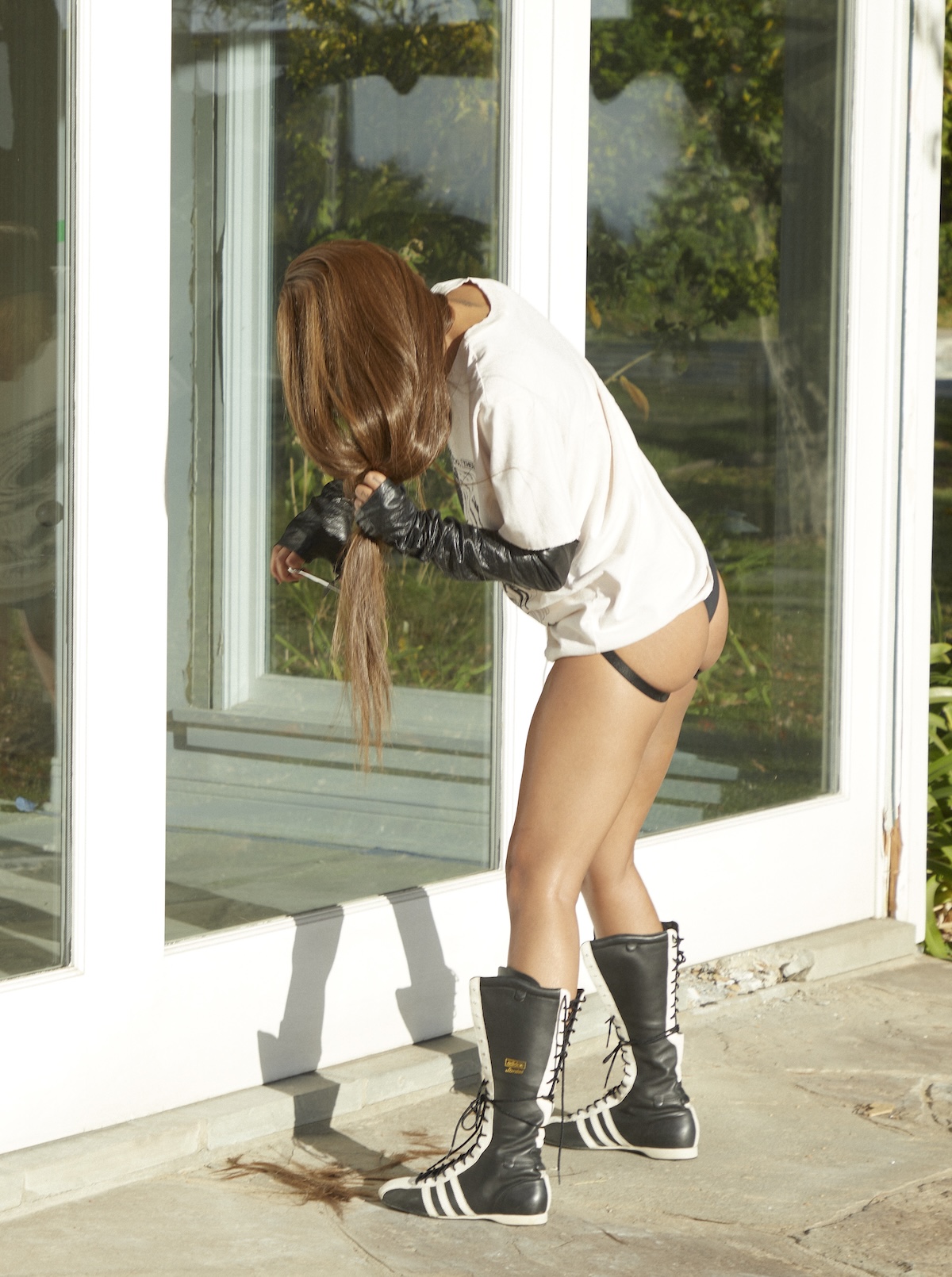
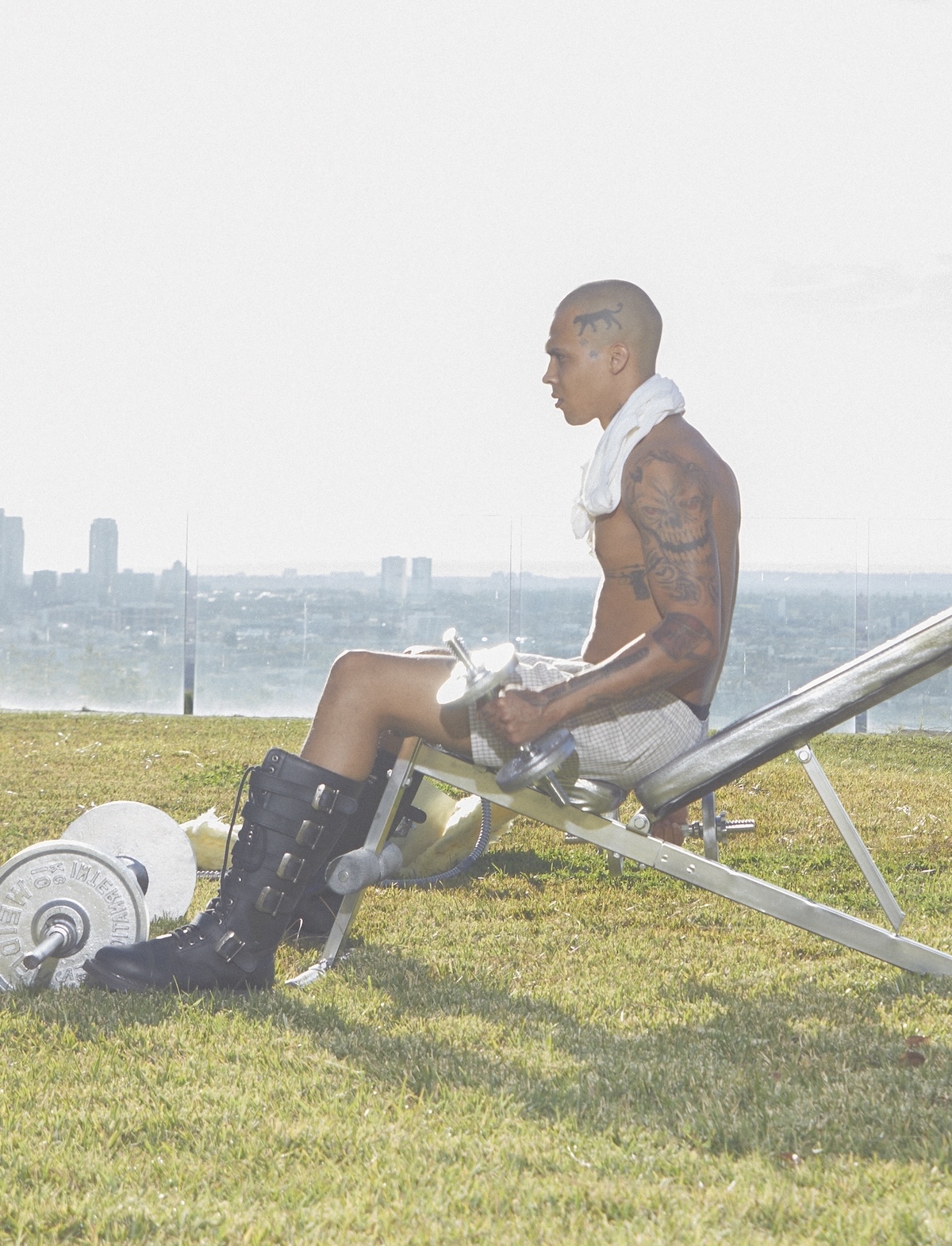
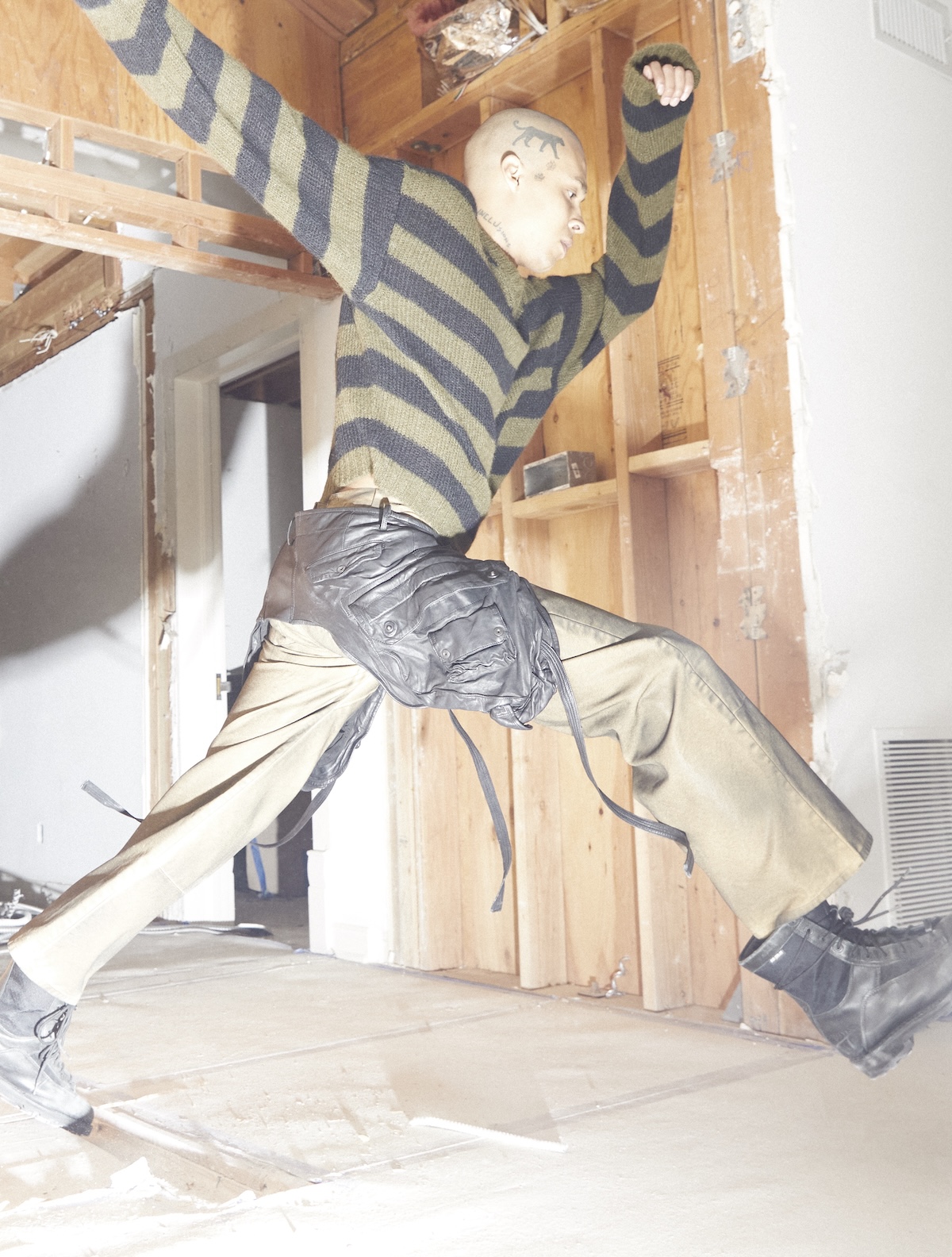
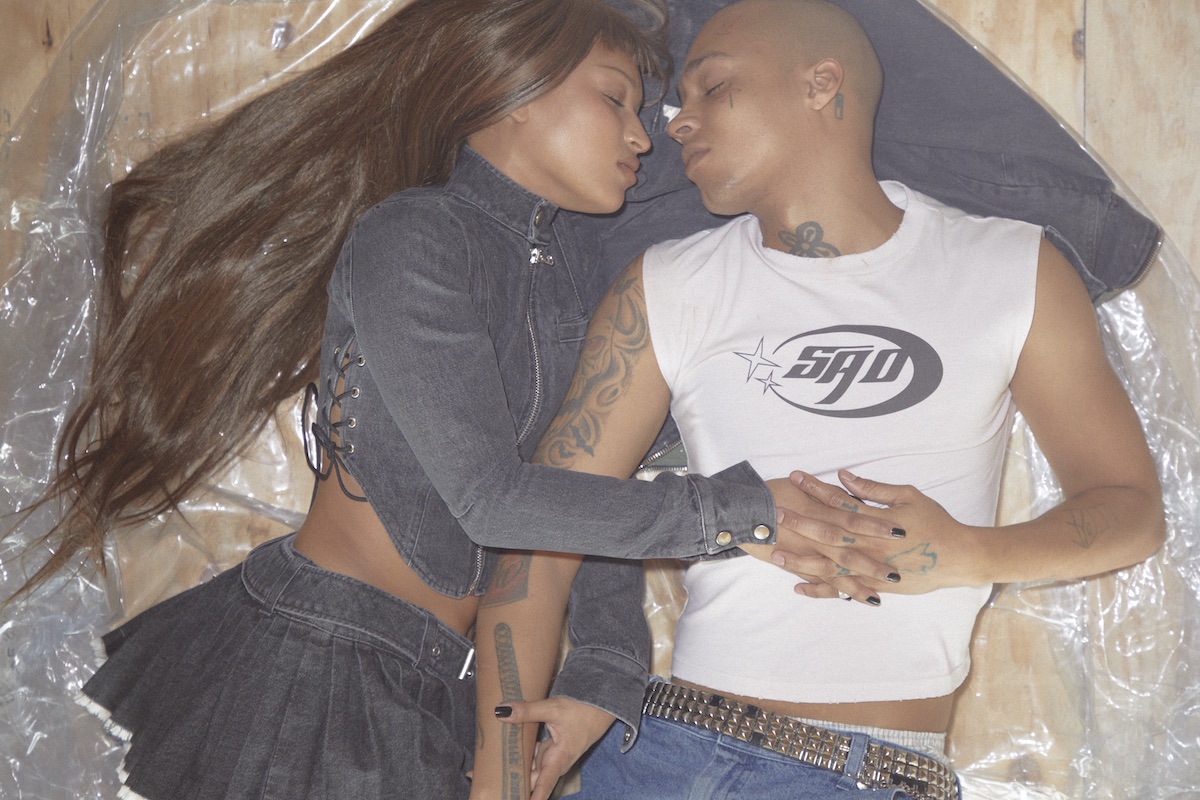
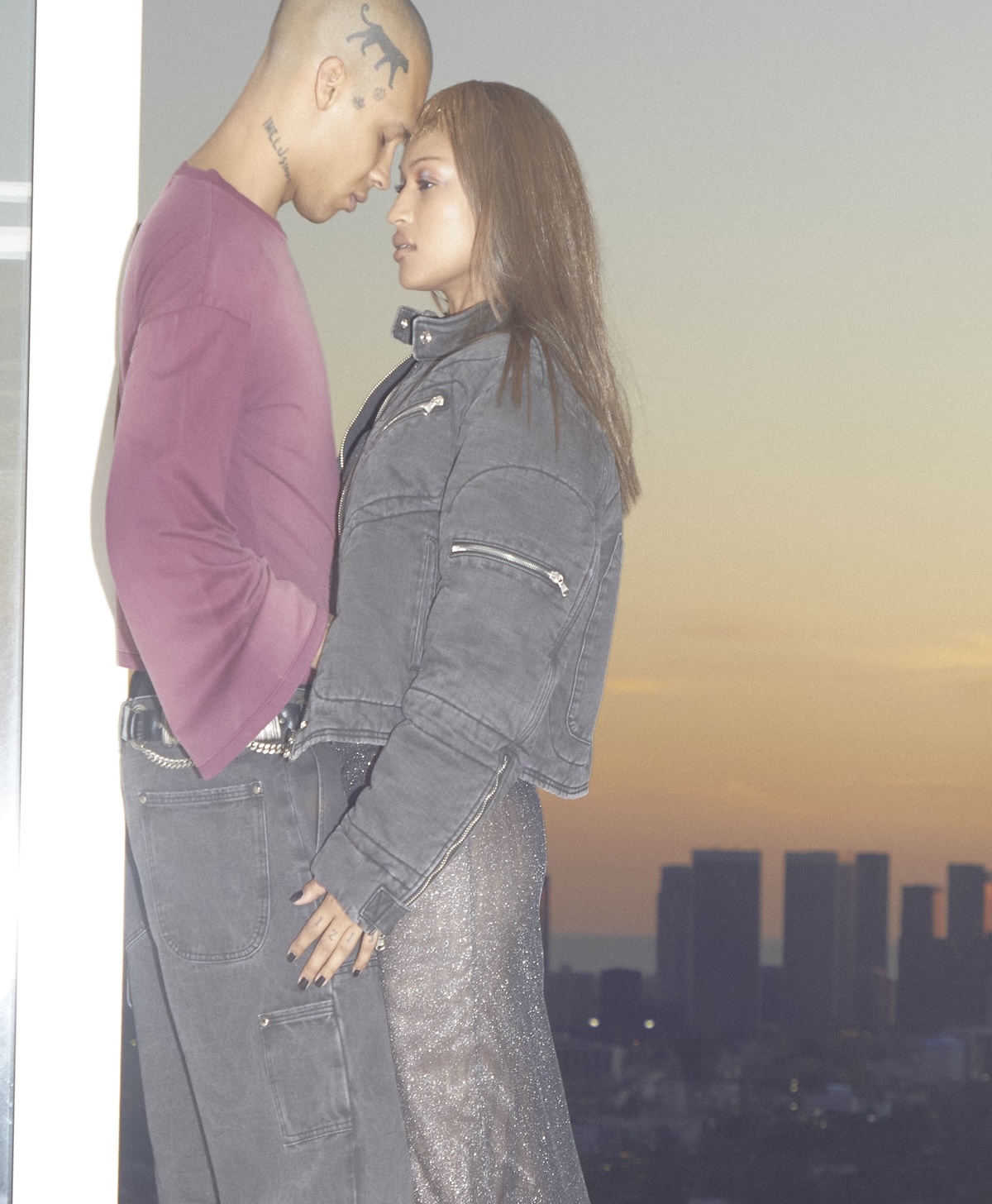
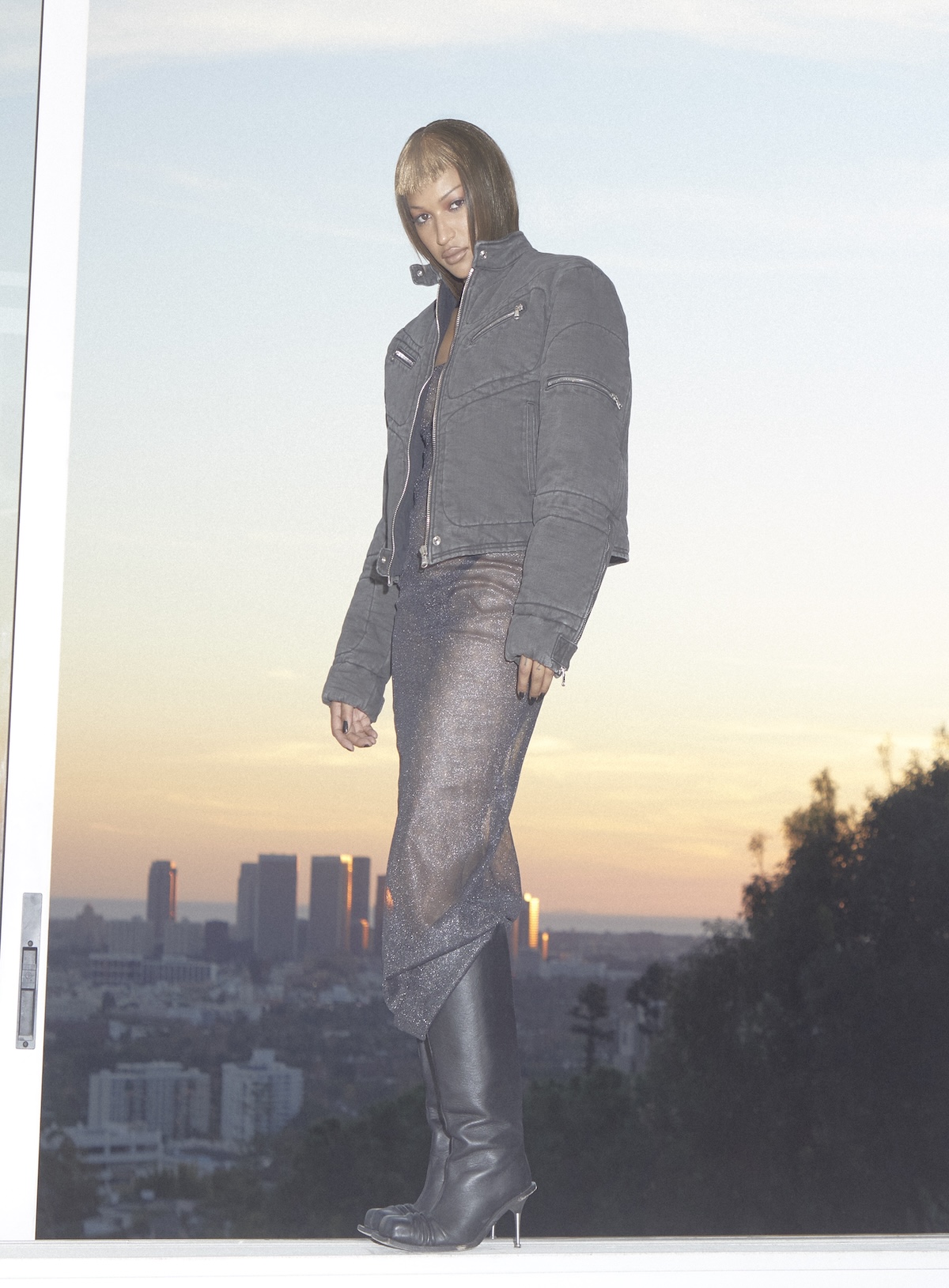
What role does Strike Oil play in said revolution?
The idea of creative revolution played a large part in Strike Oil’s inception and defining what that means and our role in it is a huge part of our brand ethos. For example, Strike Oil doesn’t currently have an in-house graphic designer so we are always on the lookout for cool freelance designers that we can commission and then feature. So instead of mood boarding and then ripping these artists off, we’re hiring them and then highlighting them to our audience. In this way I hope we are able to lift artists up by entering into these collaborative relationships.
What’s in store for Strike Oil in the near future?
The future is bright for Strike Oil. We have our first store-front opening in 2024 in Los Angeles. I’m also looking forward to more collaborations, shows, and launching new collections. The work of Strike Oil will never be done!
